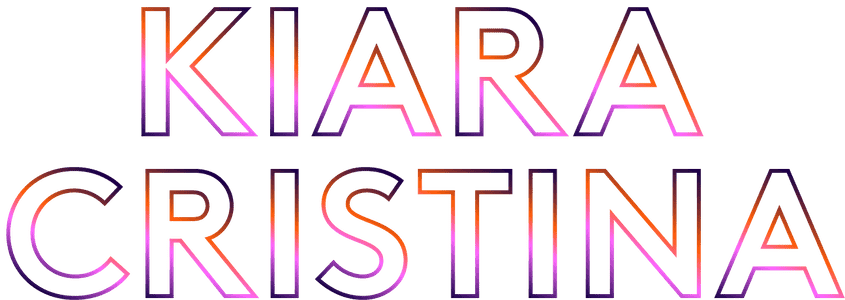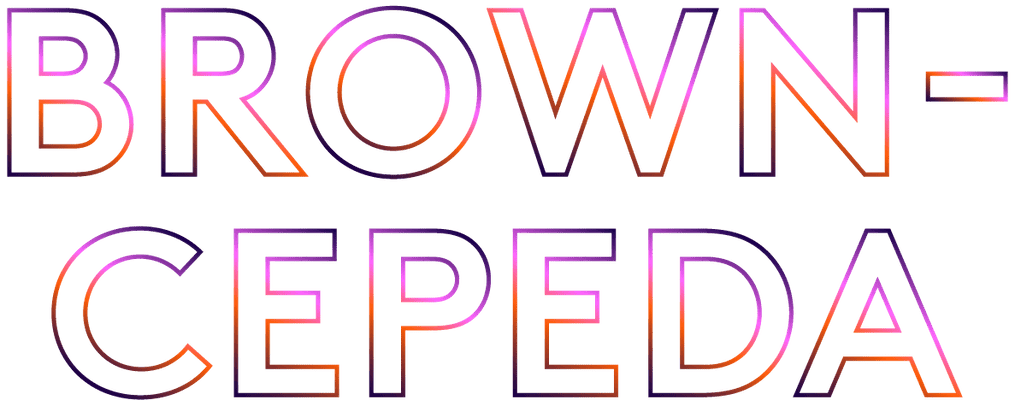
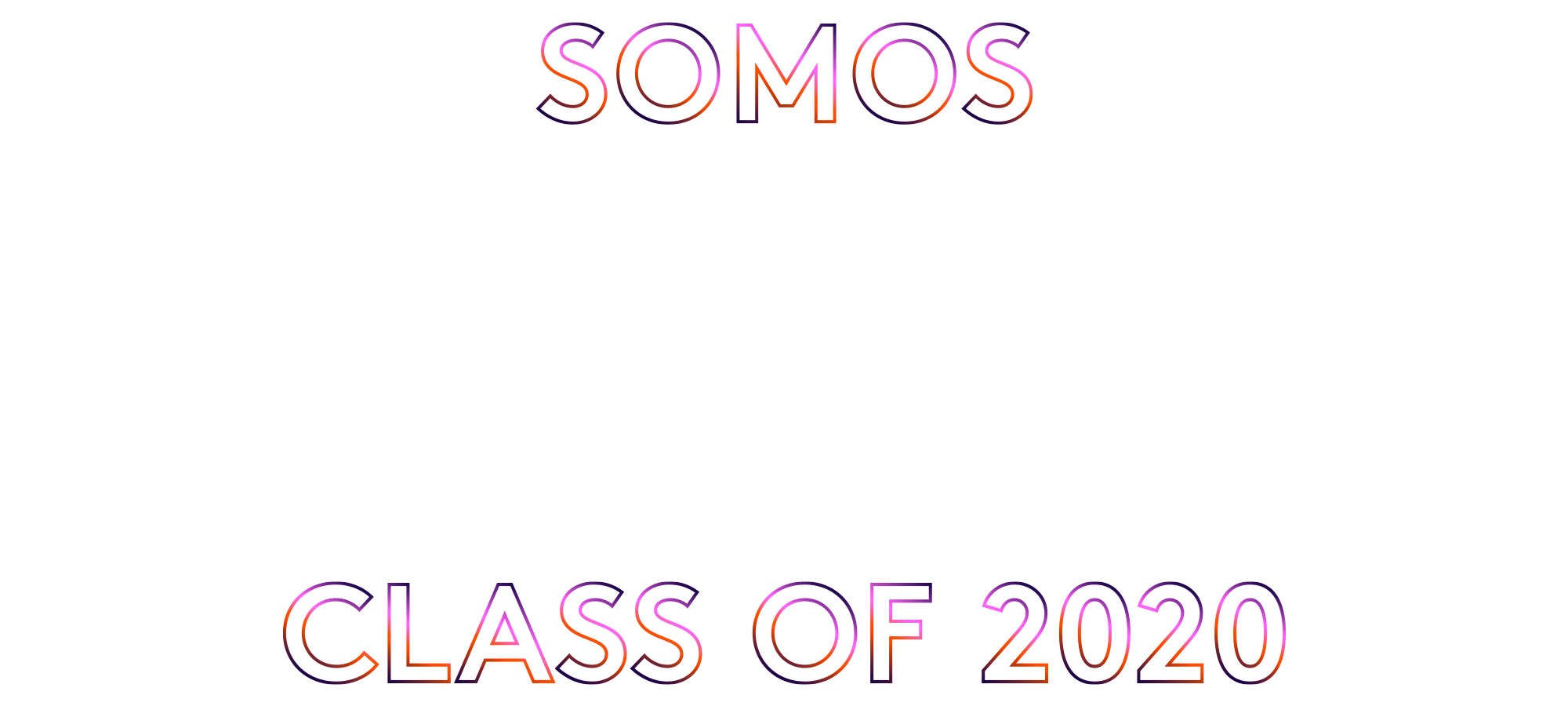
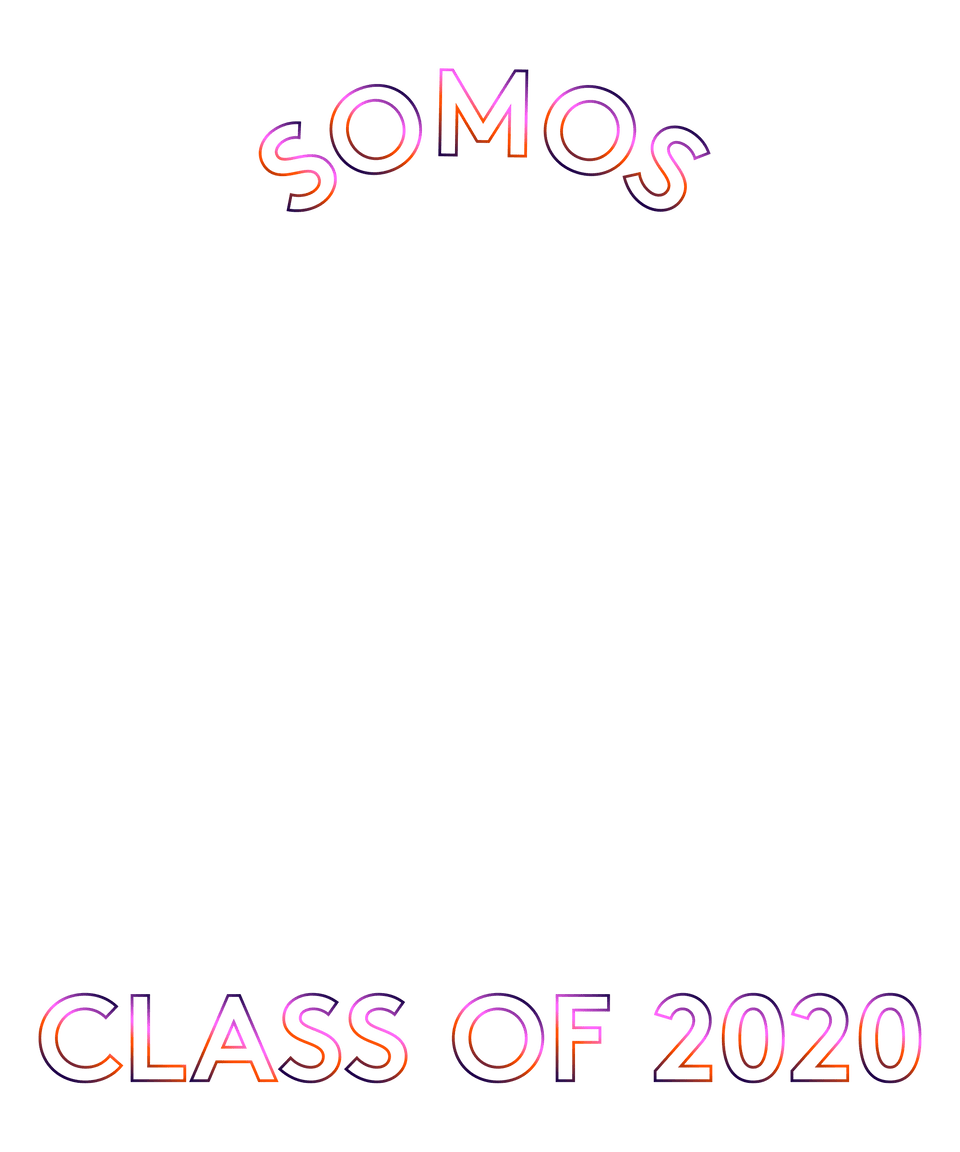
In partnership with Ulta Beauty, we're proud to present the Somos Class Of 2020 — a cohort of eight incredibly talented and inspiring Latinas who, in their own unique ways, have set out to uplift, empower, and ultimately make a difference in Latinx communities. Click on each portrait to listen to them discuss their work, read about how they found their calling, and learn how you can join them in making an impact.
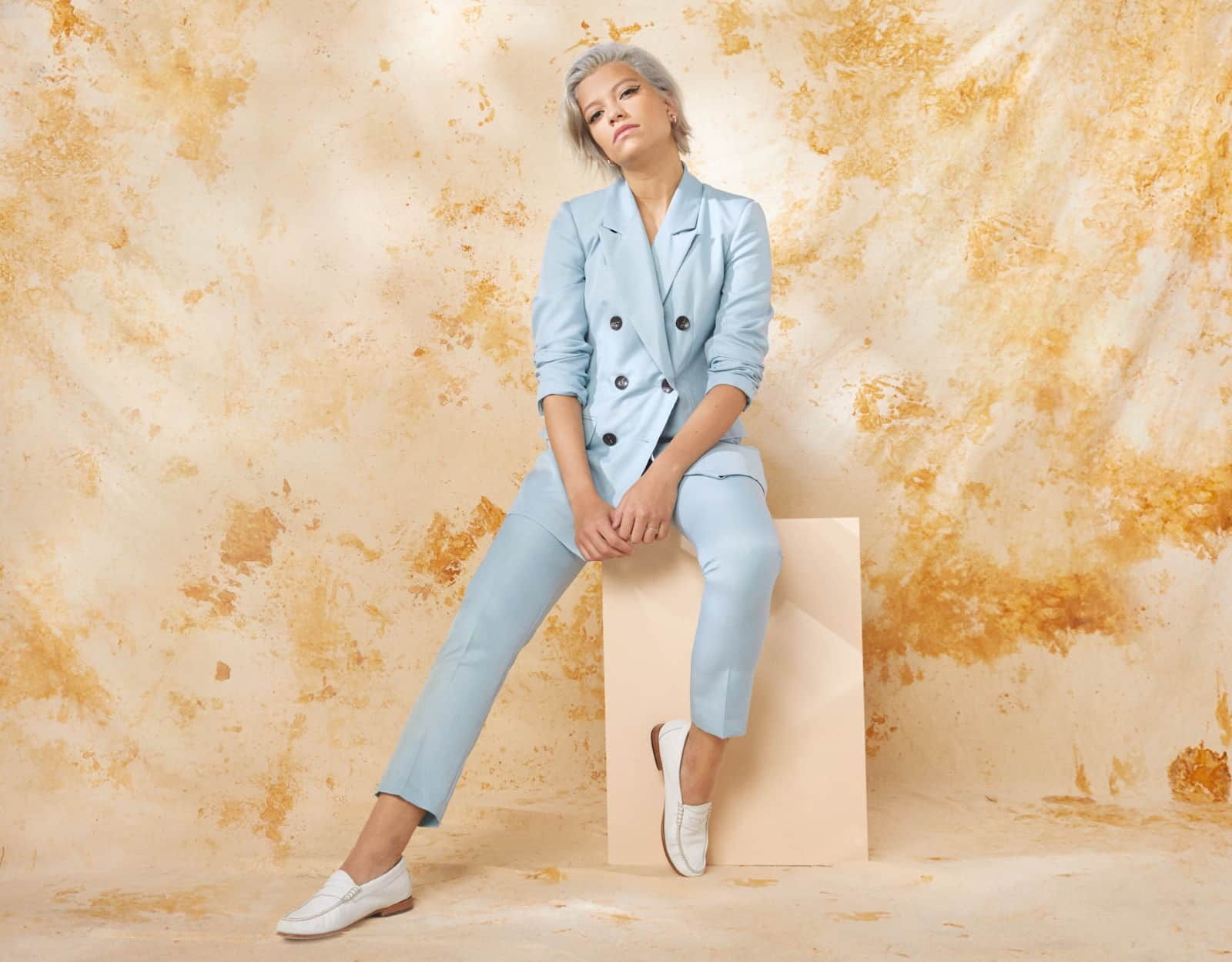
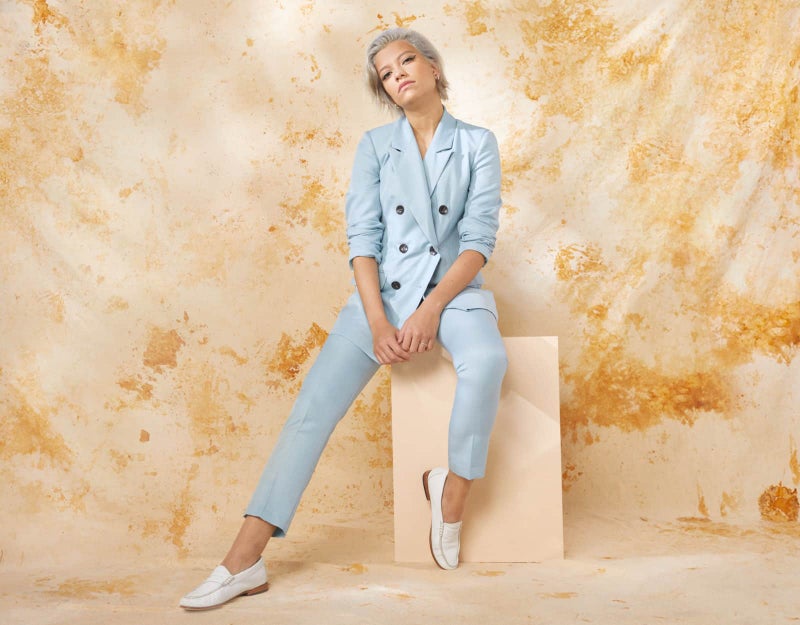
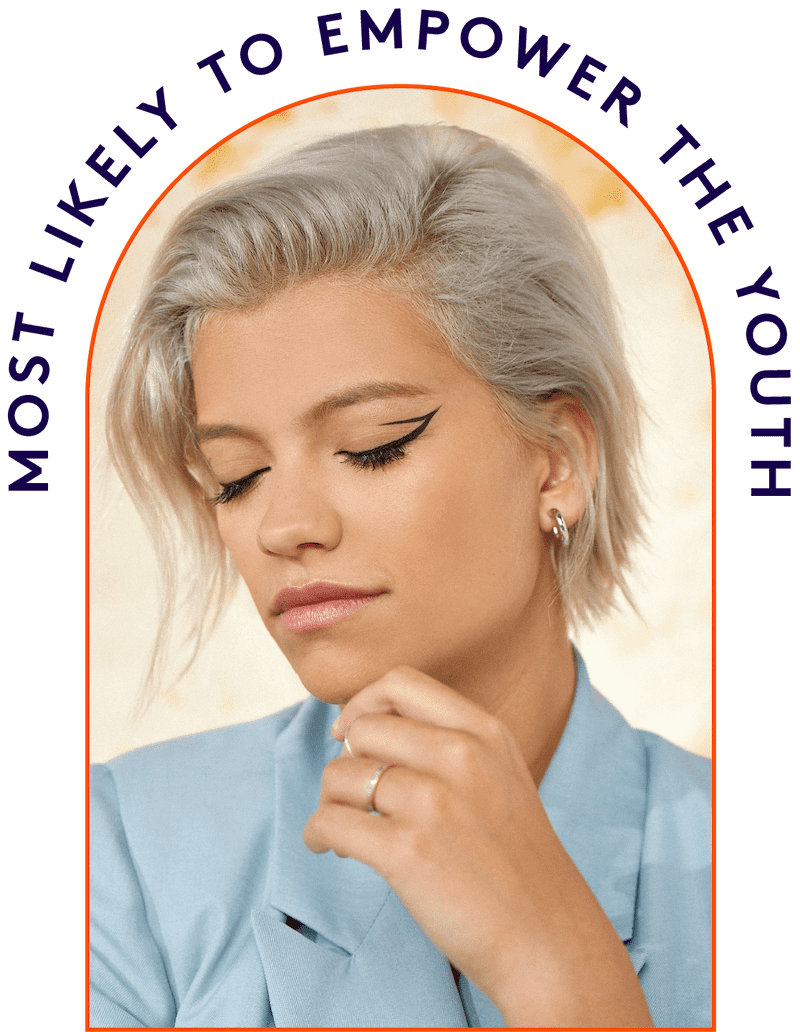

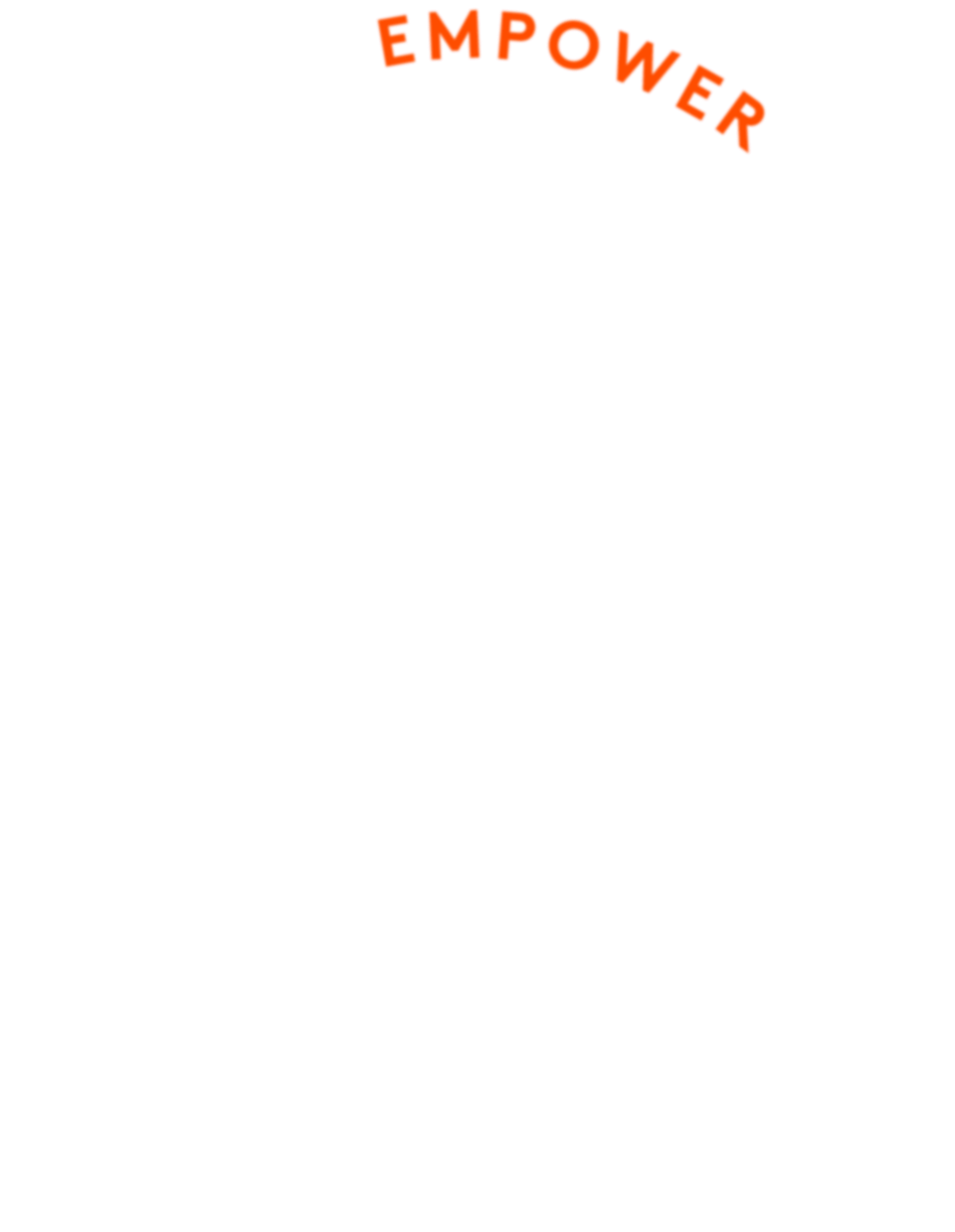




READ VICTORIA'S
INTERVIEW
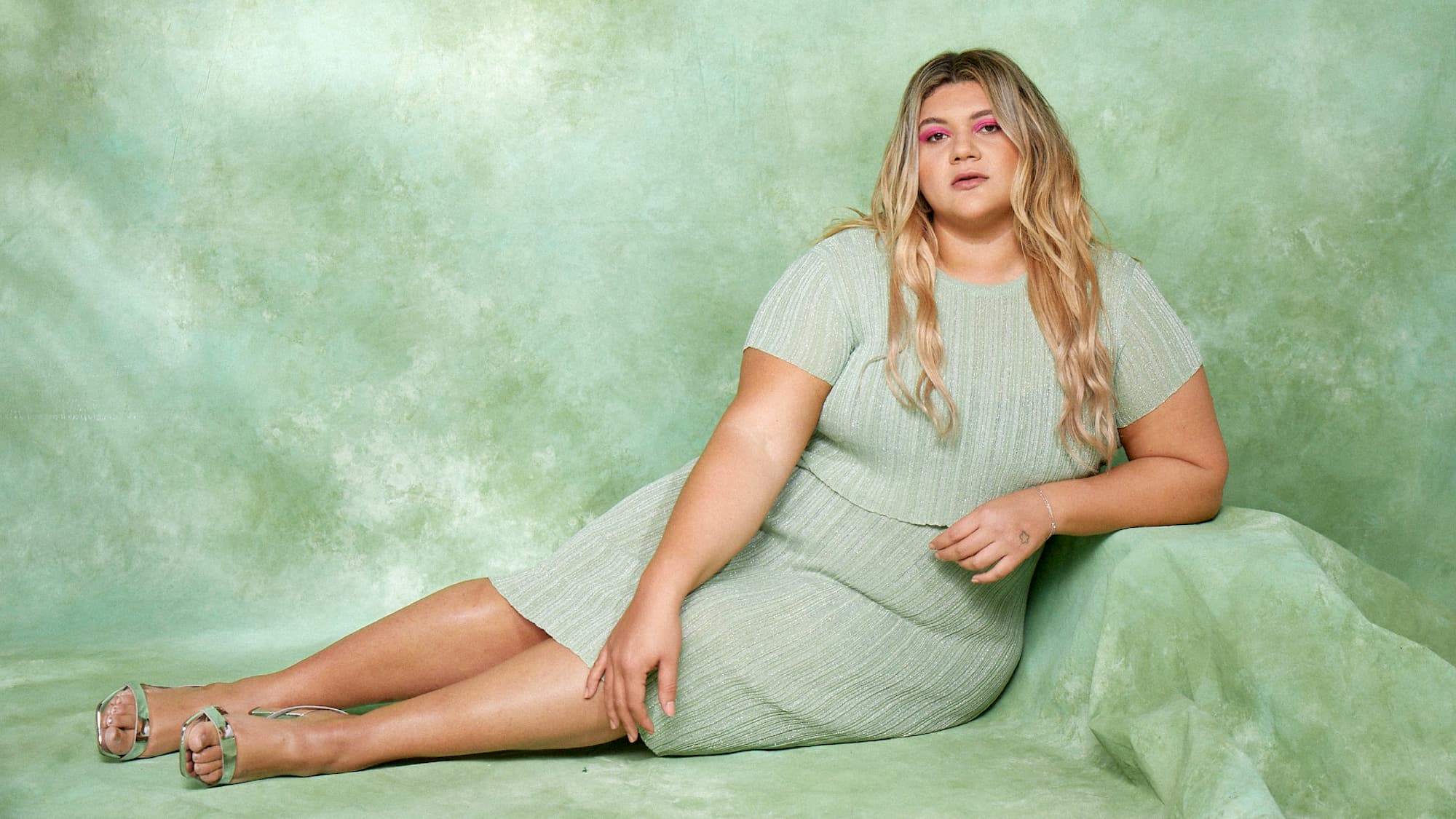
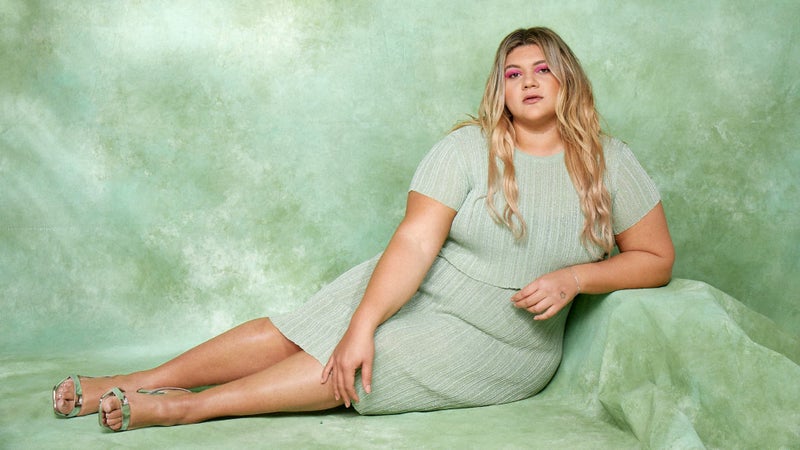
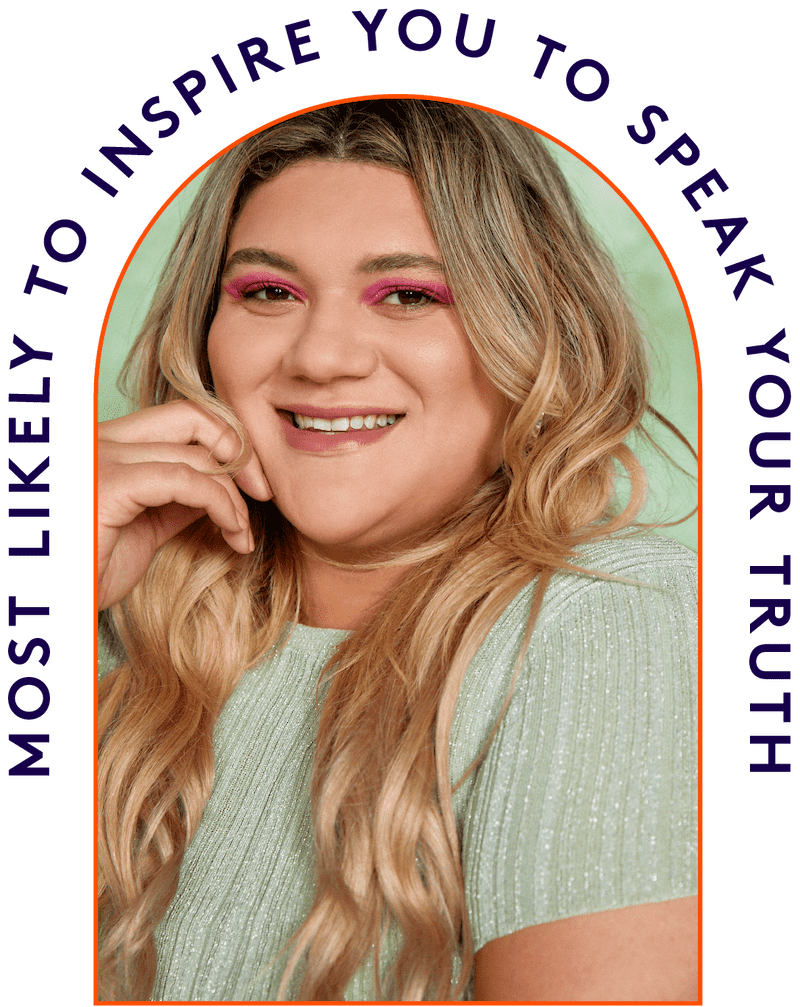






READ ANA'S
INTERVIEW
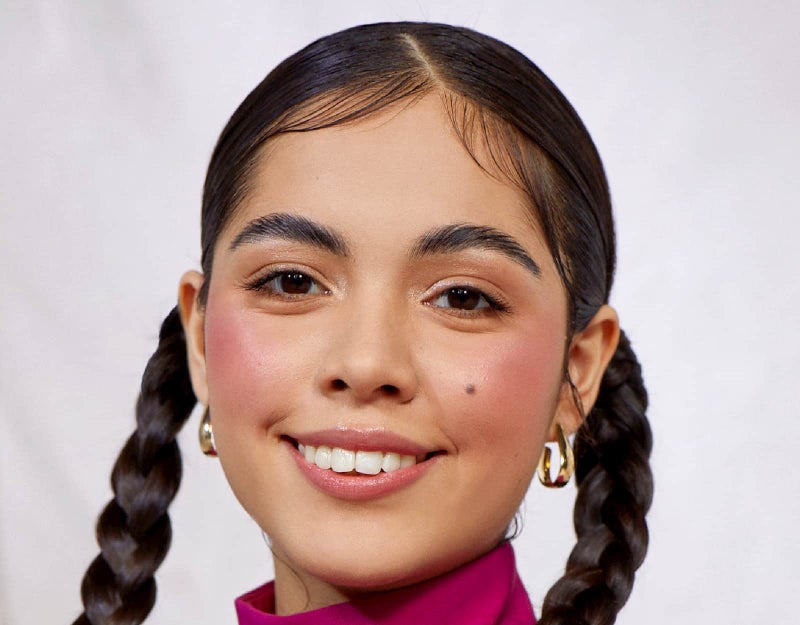
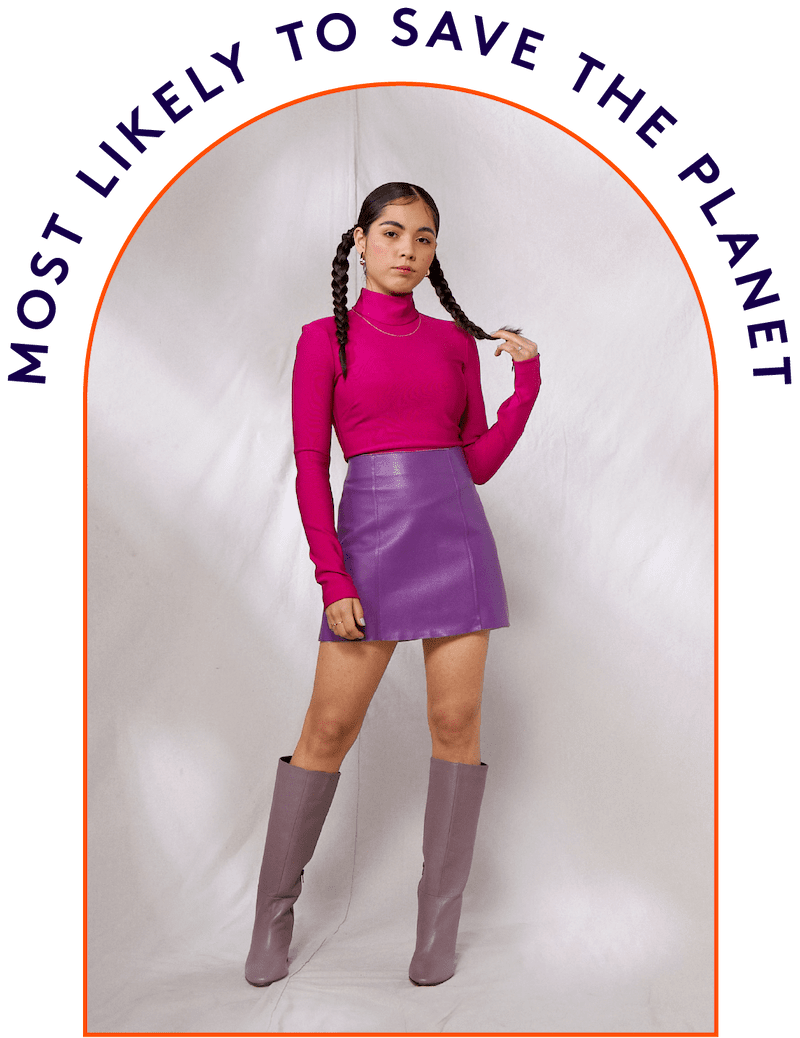








READ XIYE'S
INTERVIEW
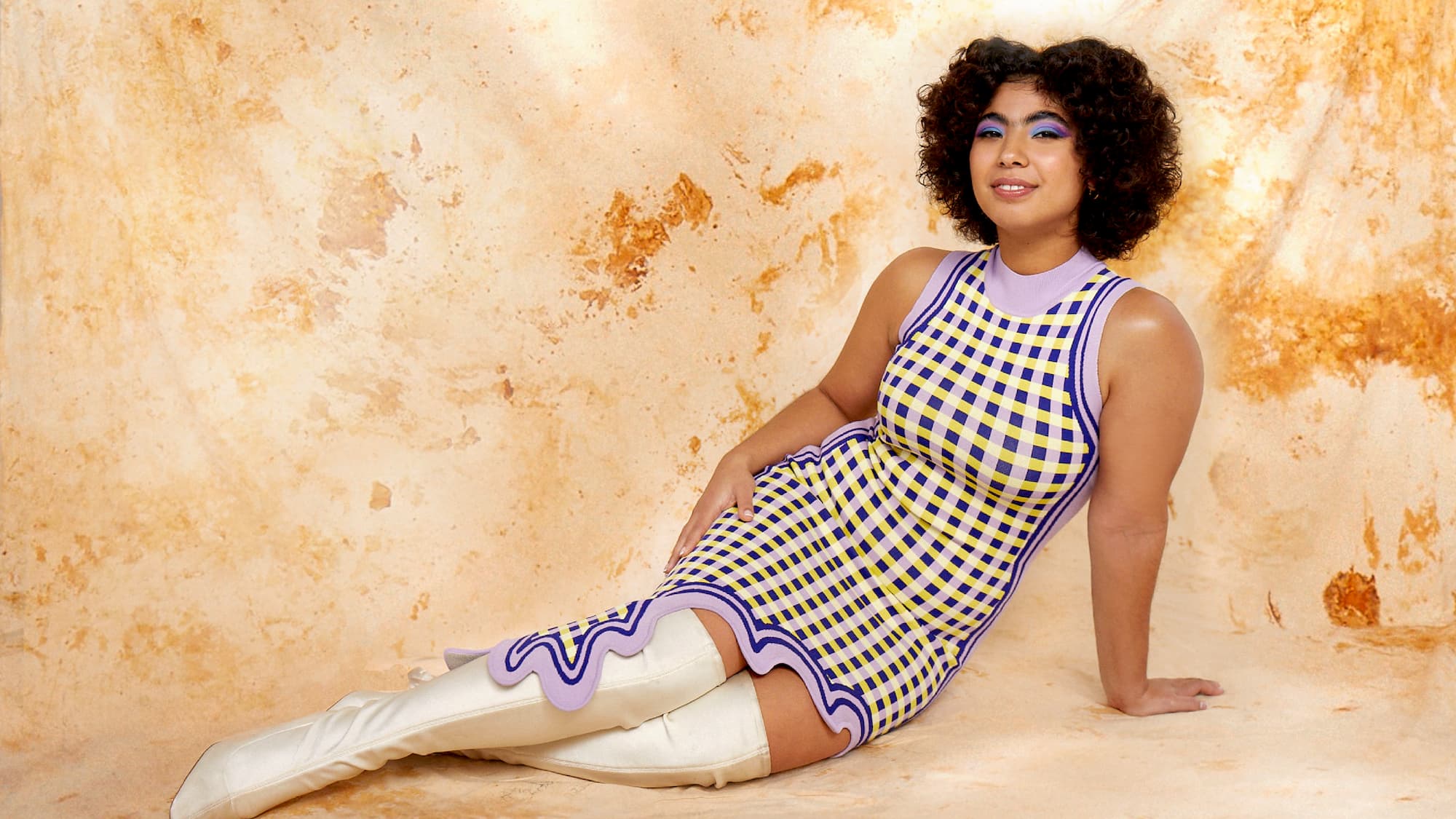

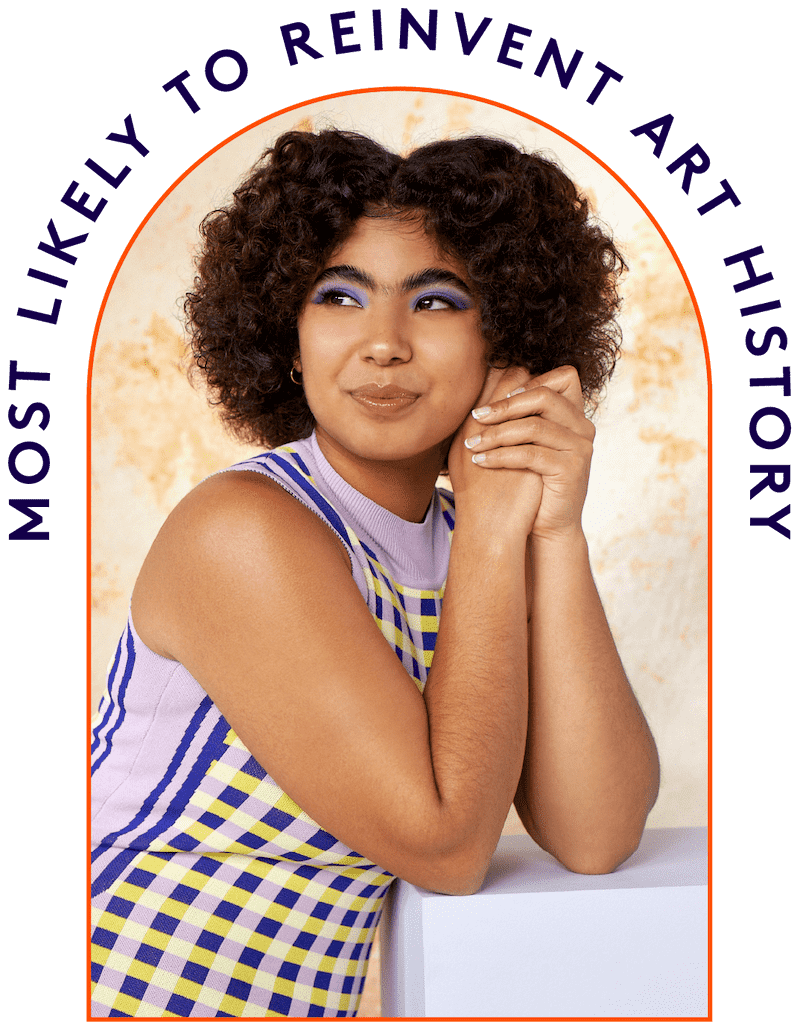
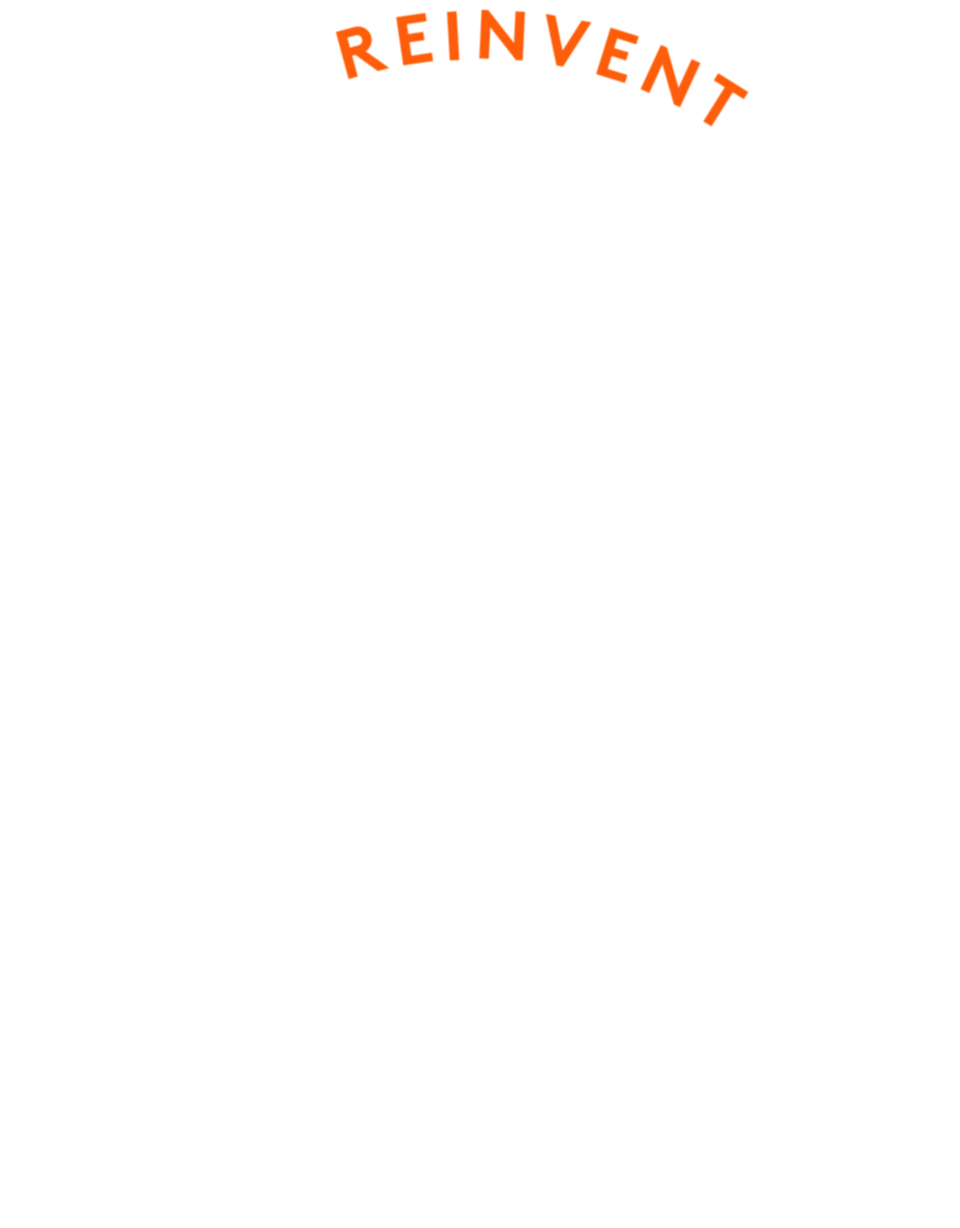





READ KIARA'S
INTERVIEW
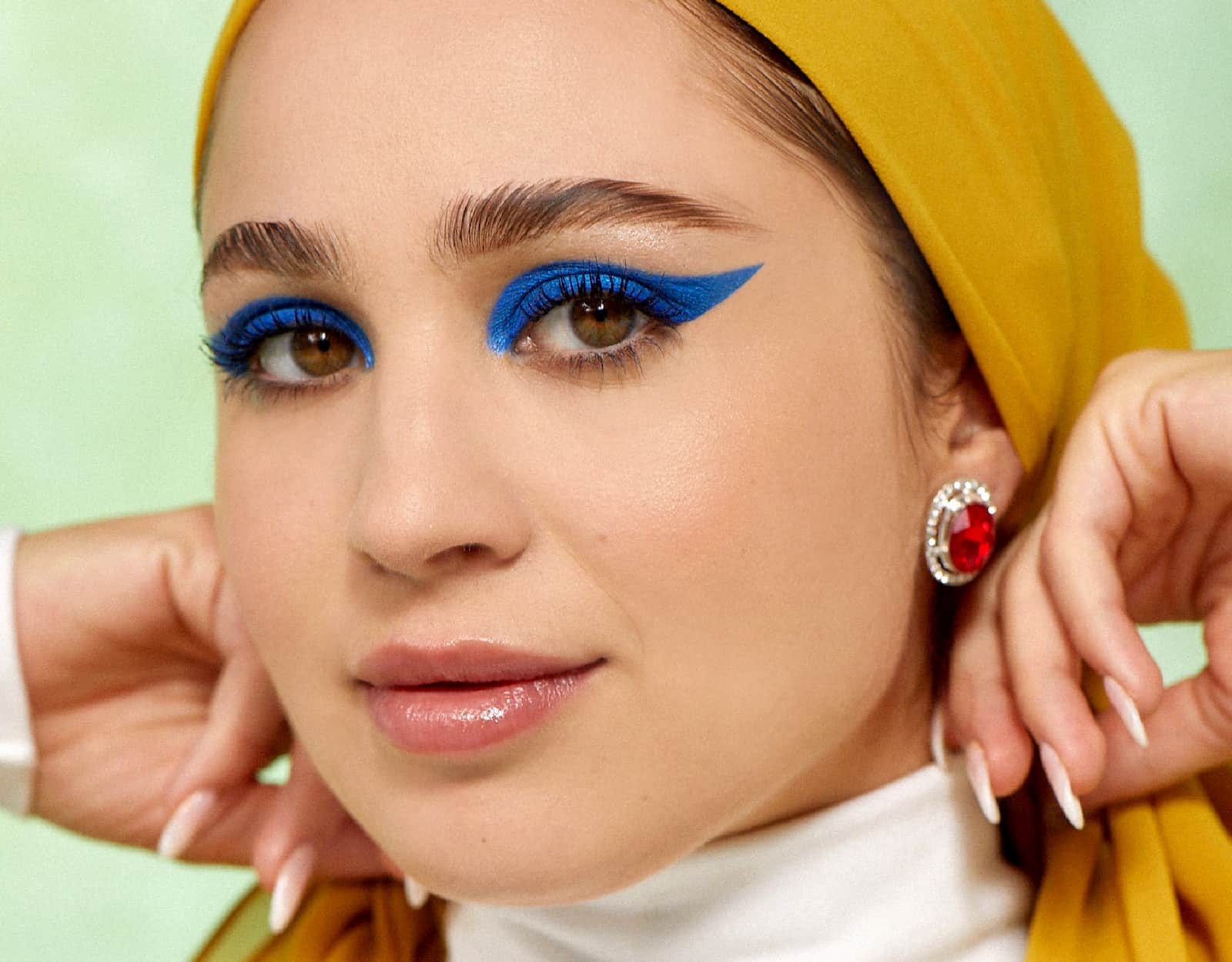
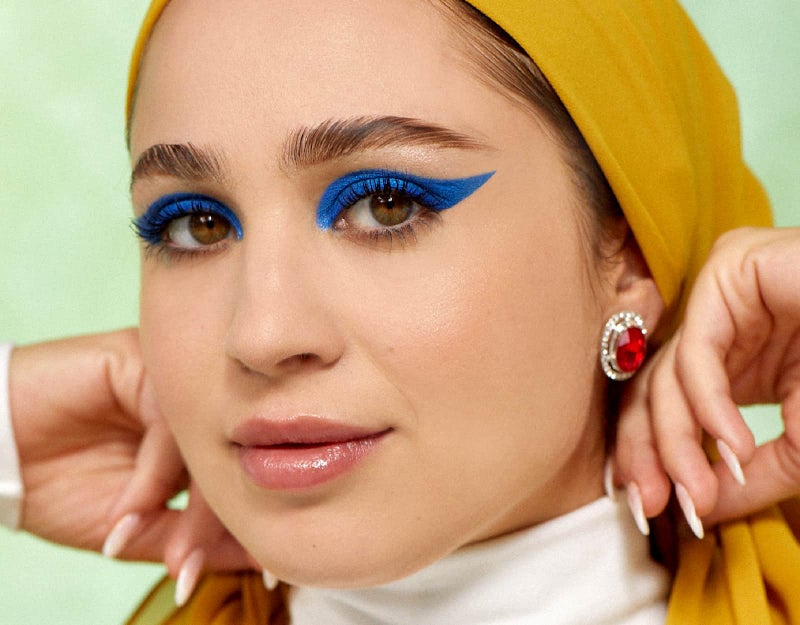
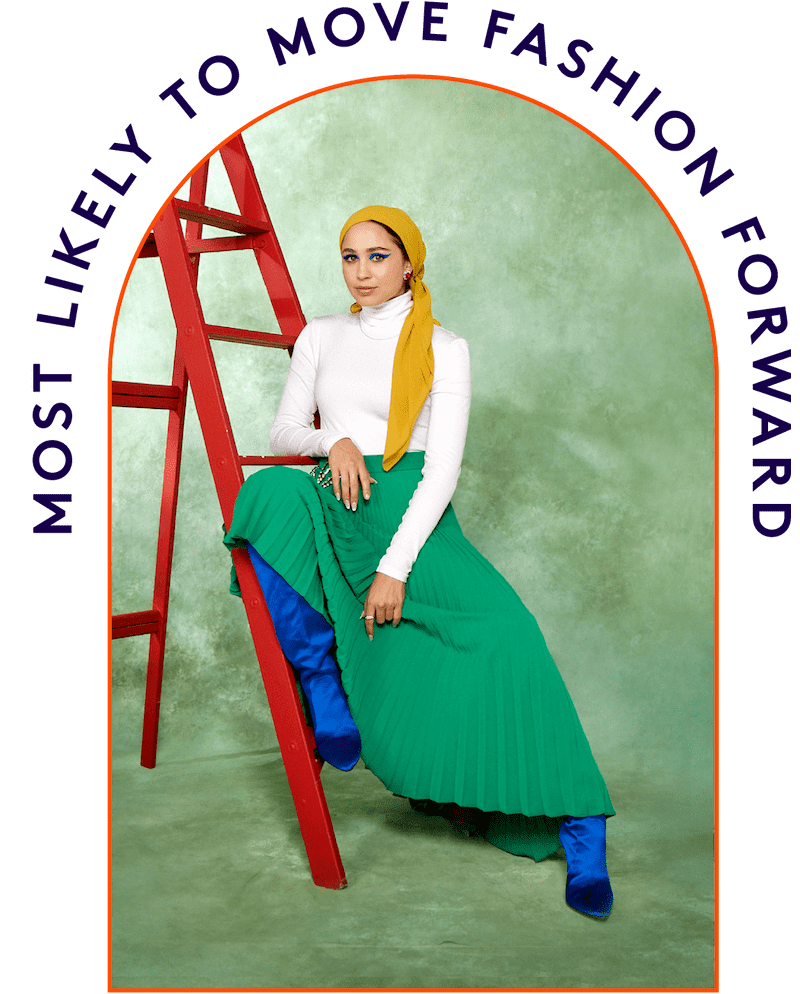

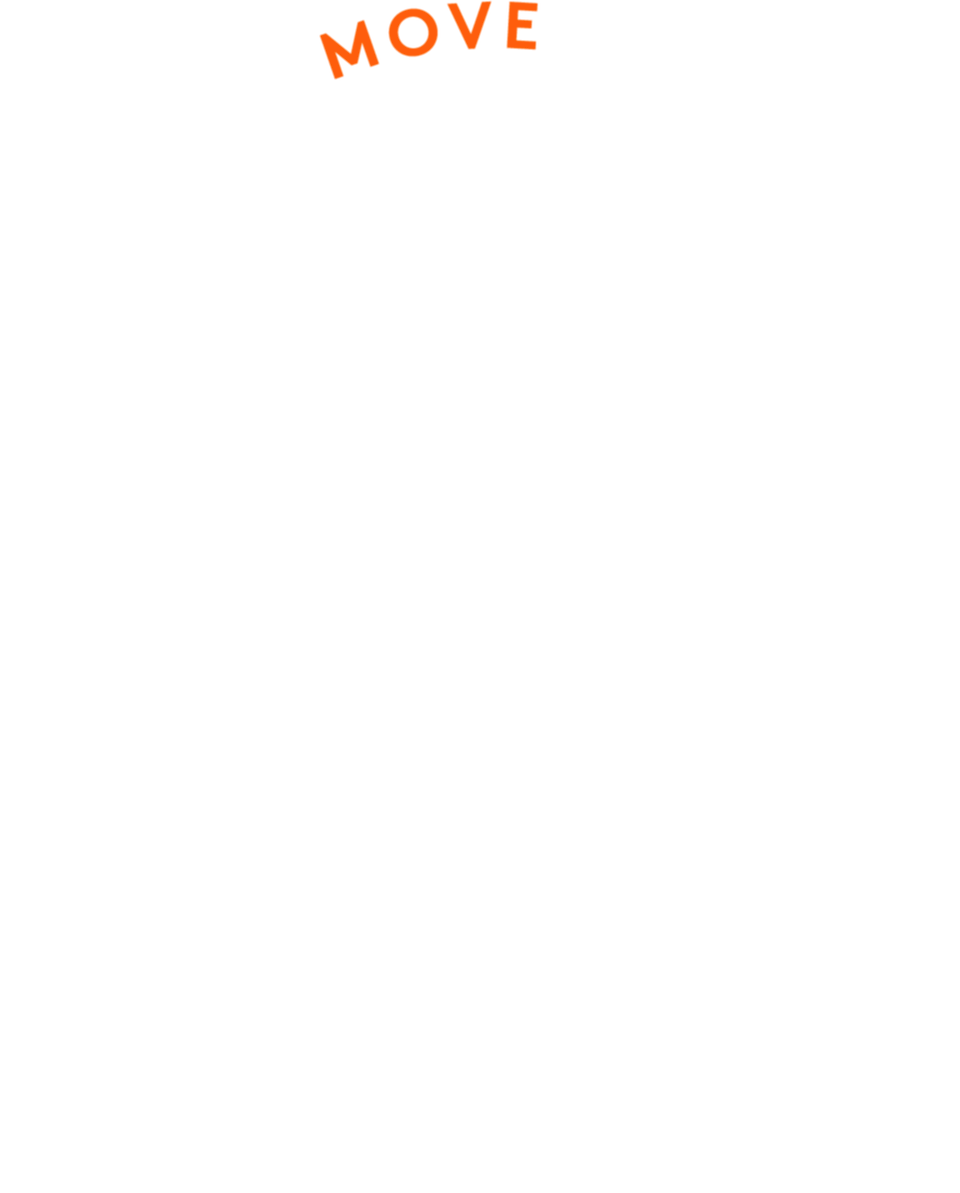





READ MARIA'S
INTERVIEW
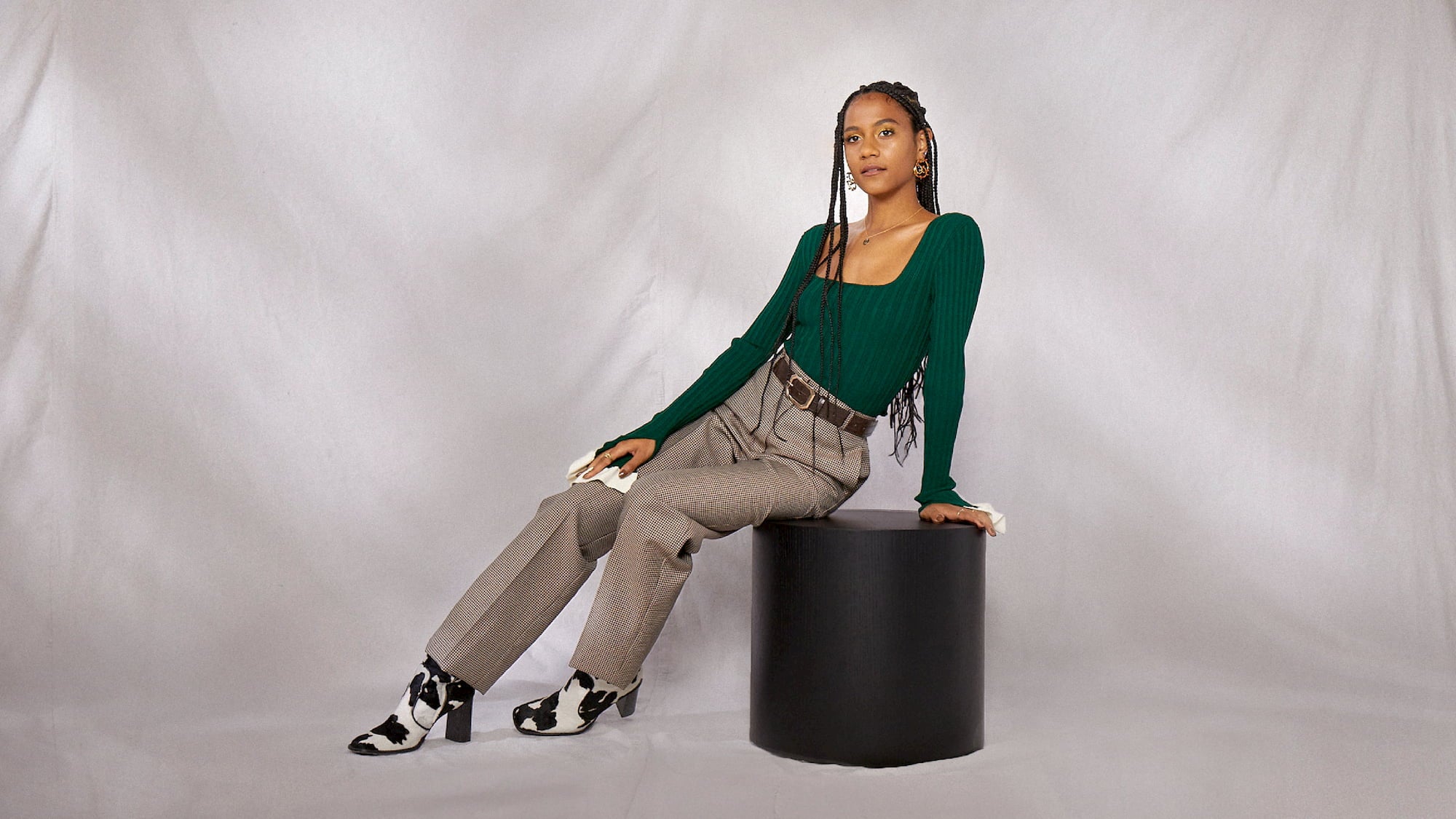
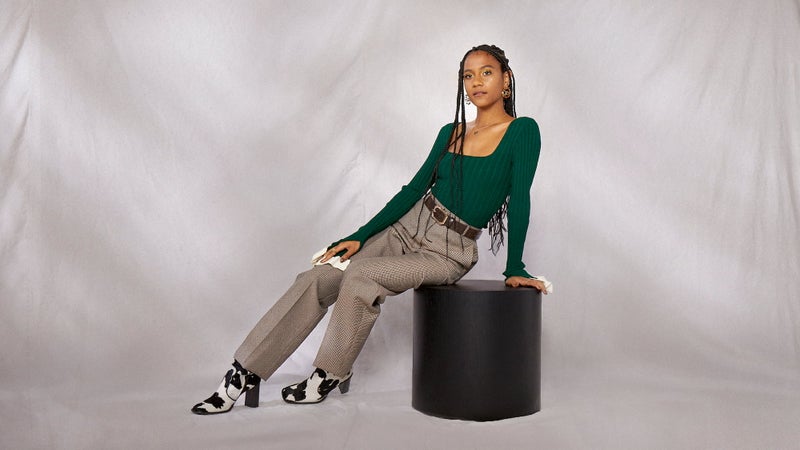
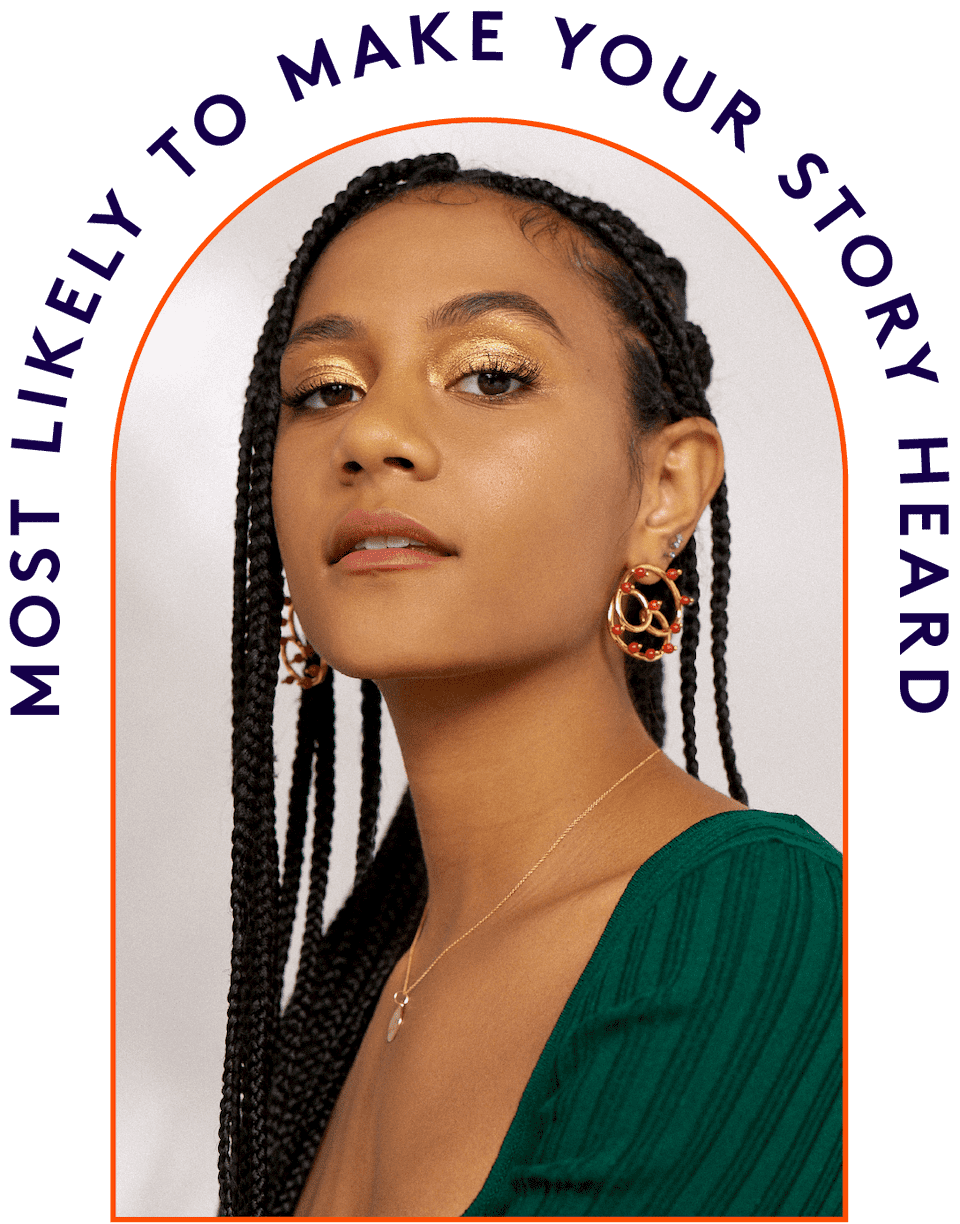





READ DJALI'S
INTERVIEW
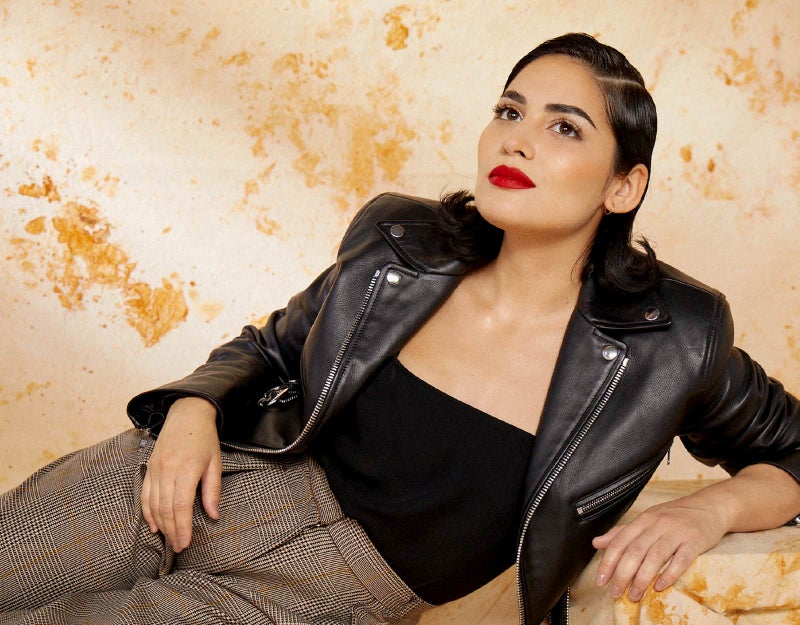
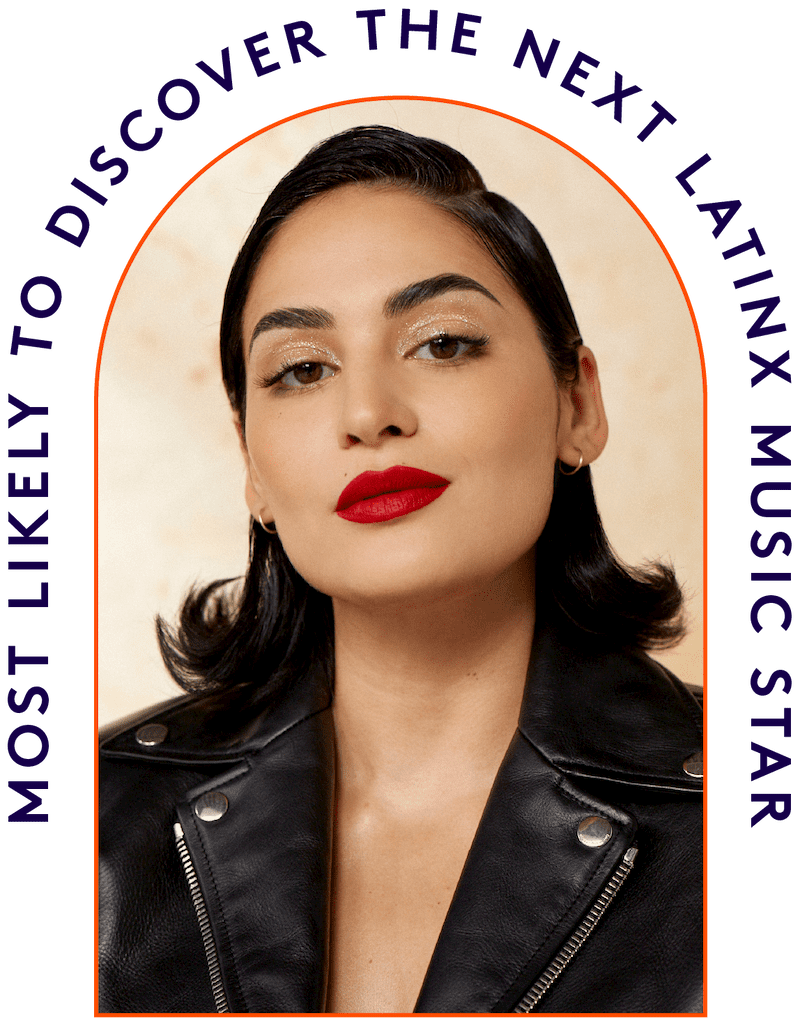
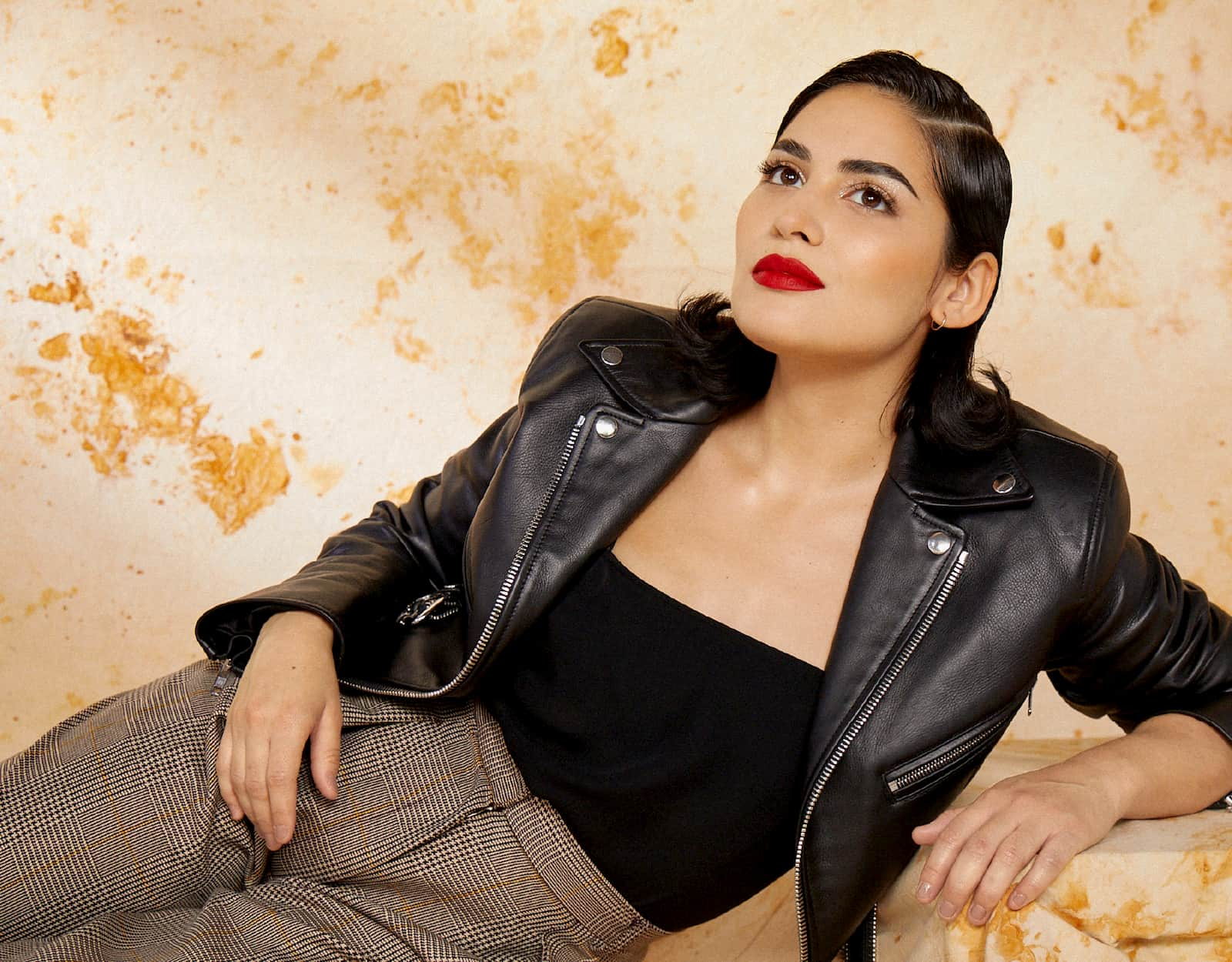







READ SUZY'S
INTERVIEW
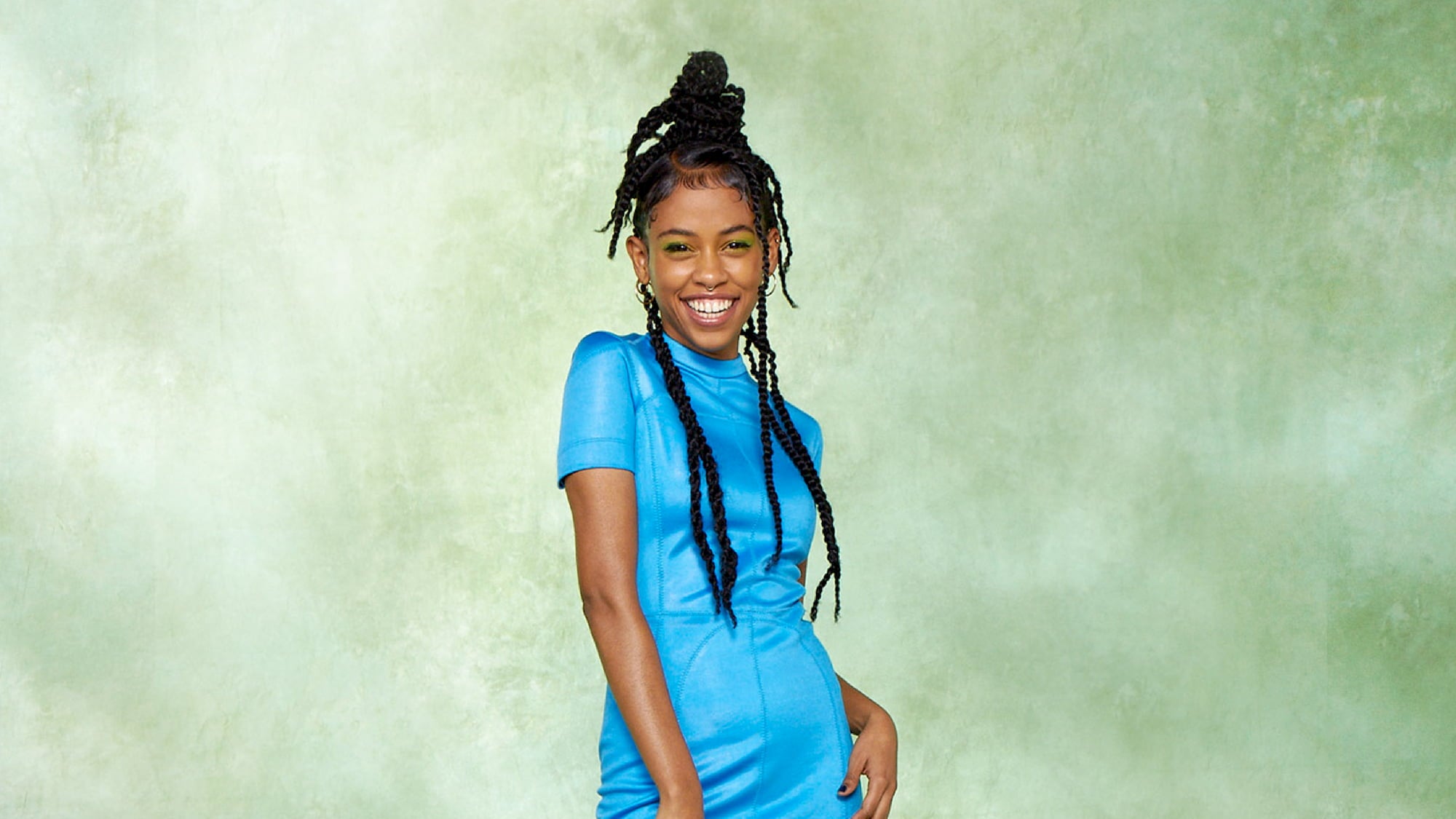
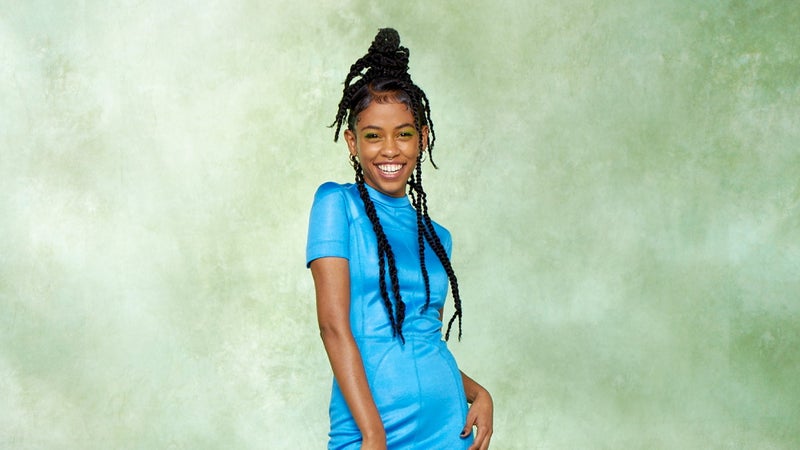
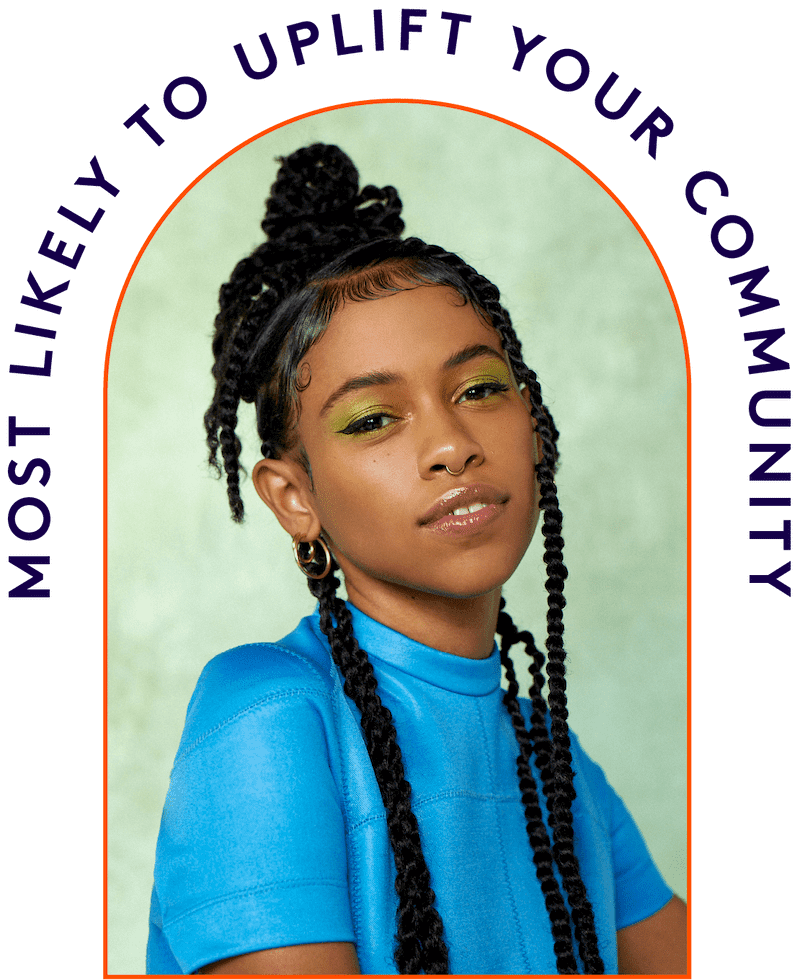
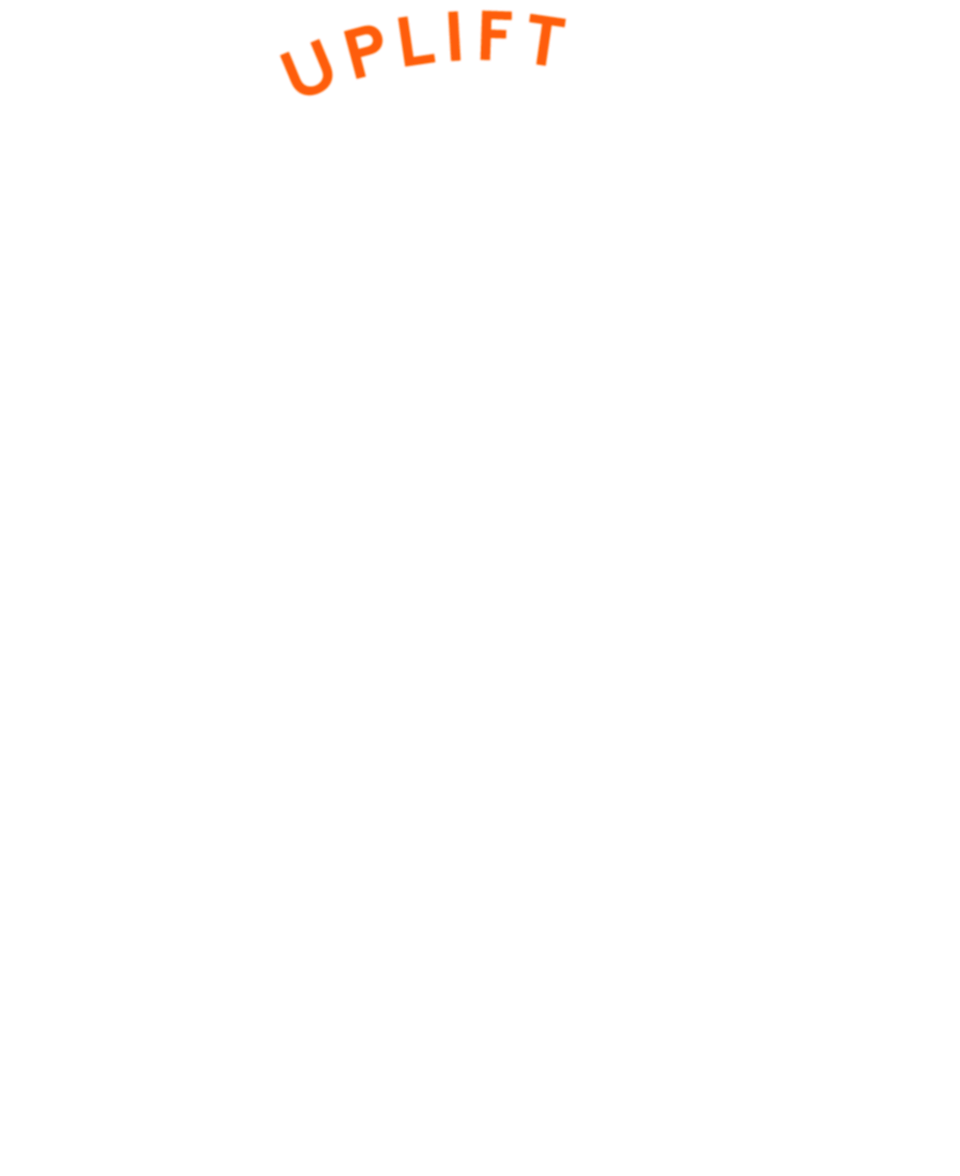





READ DUNESKA'S
INTERVIEW

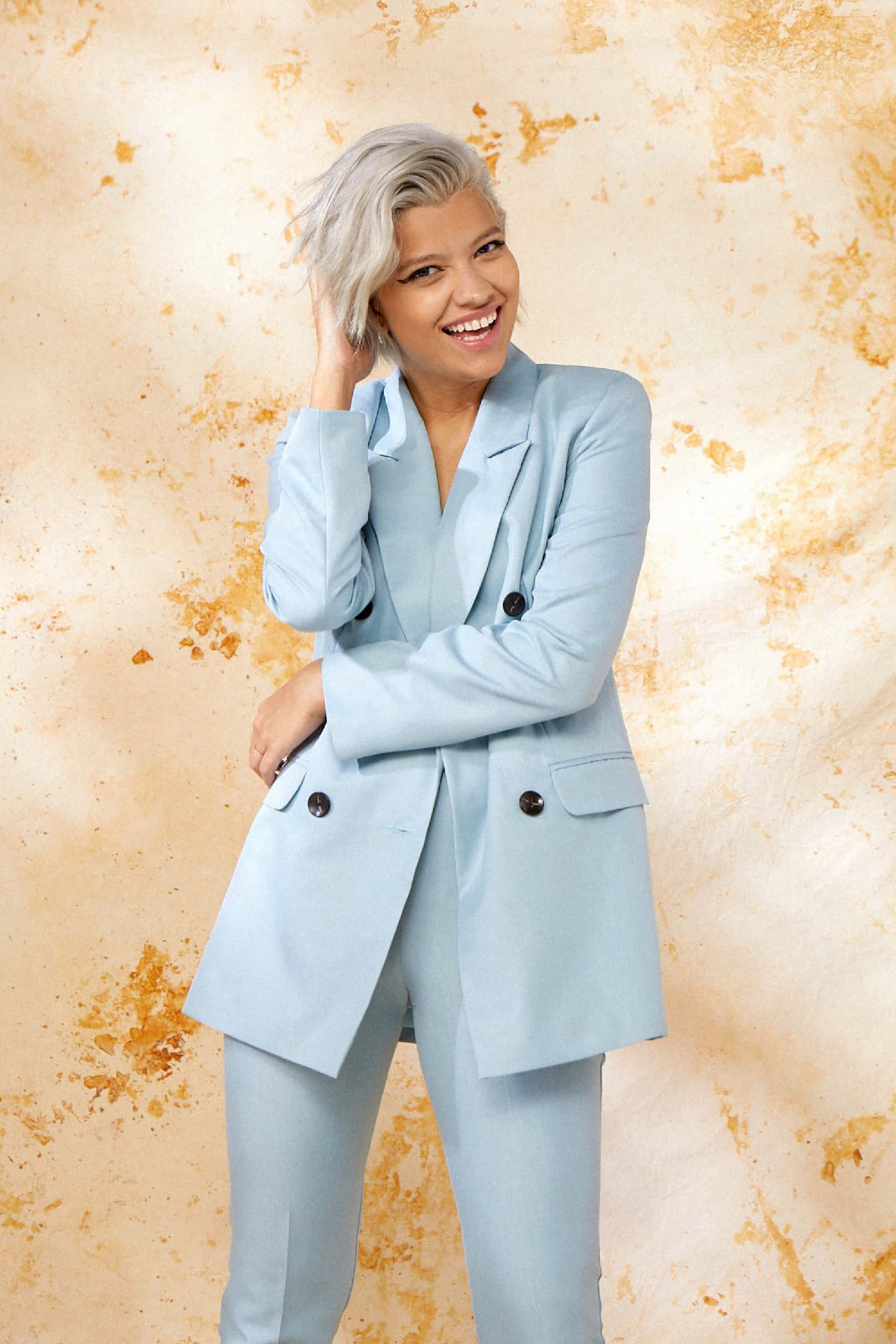
Victoria Brito
Brazilian
Model, Dancer, Designer
Most Likely To
Empower The Youth
1. Tell us what you do. How did you find your calling?
I’m a model, dancer, sneaker collector, and designer. I was bullied in high school, so I’m committed to supporting organizations I can relate to. Best Buddies International is a non-profit organization that fosters friendships for those with intellectual and developmental disabilities, and being a part of it was life-changing. From playing sports to dancing, seeing them smile, to this day, means everything to me. The Ali Forney Center, a program dedicated to meeting the needs of homeless LGBTQ youth, allowed me to share with the community what I went through to get to where I am. And being a part of the center’s float — dancing with the kids and celebrating life — during the Pride Parade was the best four hours of my life.
2. How do you think you’re making an impact in Latinx communities?
I am a very proud Brazilian who is openly gay. Being Latina and gay can be super scary because there are some hard-set opinions in our culture, and while coming out was a little hard for me in my community, I’m so glad I did it — it gave me strength and a voice for all the girls who are just like me. I like to think I’m a positive spirit within the Latinx communities, and I’m making an impact on these communities by simply being myself.
3. What has been the most rewarding moment you’ve experienced so far?
The most rewarding moment is receiving messages from young girls, thanking me for being myself because they can relate to me. It’s so important to be your true self.
4. How do you hope to inspire others? What do you hope to see in the next generation?
I hope to keep inspiring others through everything I do, whether that’s photoshoots, designing, or creating art. I want kids to see someone like me and say, "Vic is truly herself and did all this, so I know I can, too." The next generation is going to be even more creative, and there will be less talk and more action.
5. Have the events of 2020 altered your mission at all?
My mission has always been the same: Be happy, show your true self, be weird, have fun, and do everything with love behind it.
6. What’s next for you and your career?
More projects and dance videos, along with a new line of jewelry. And I hope to keep working with non-profit organizations to create an impact with my voice and presence.
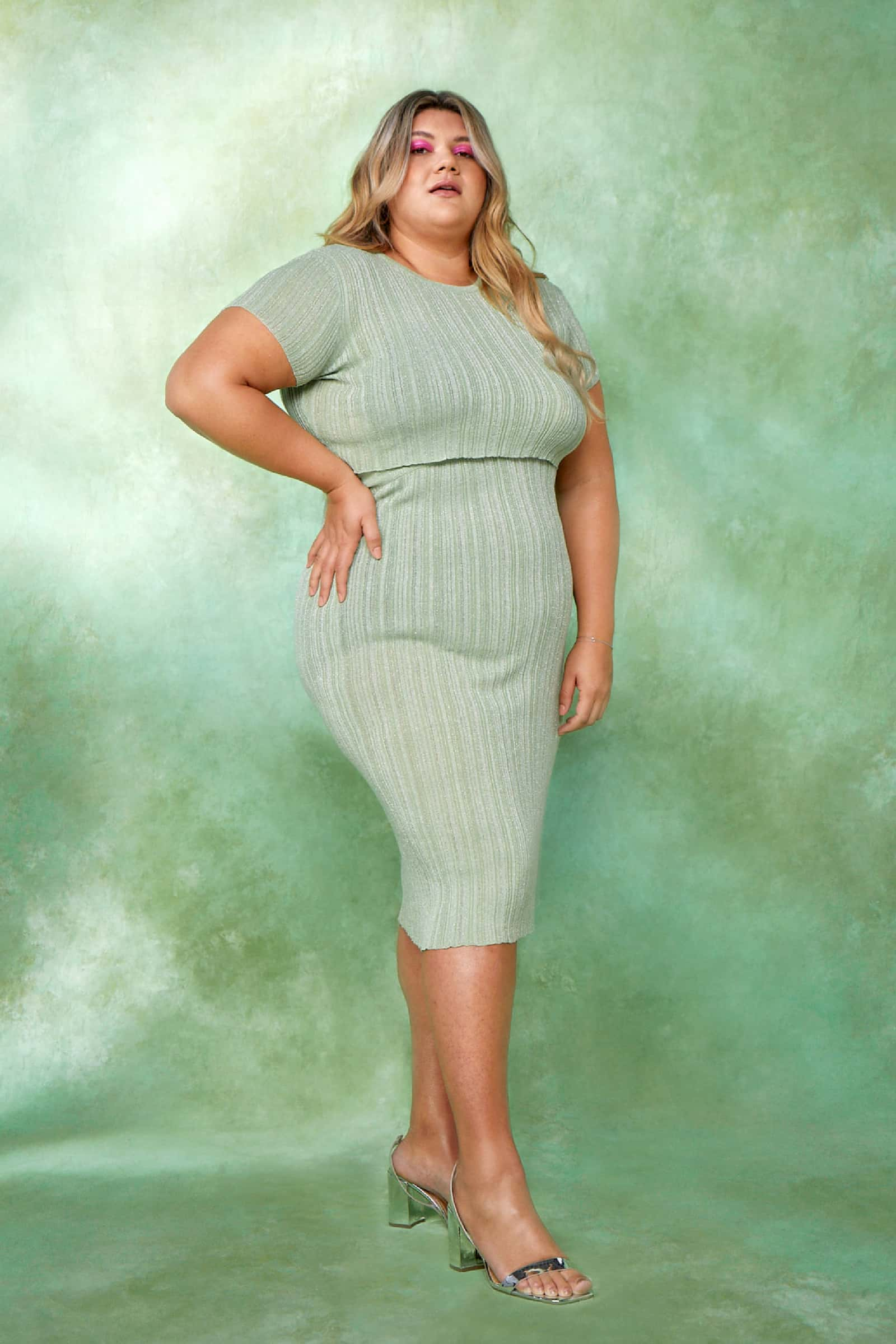
Ana Laura
Portugese and Brazilian
People Operations Manager and Plus-Size Model
Most Likely To
Inspire You To Speak Your Truth
1. Tell us what you do. How did you find your calling?
As a first-generation American born to immigrant parents (my mother is from Portugal and my father is from Brazil), I was brought up with a strong work ethic that encouraged a sense of curiosity and thirst for knowledge. My mother is the strongest woman I know, and she’s always inspired me to be bold, speak my mind, and strive to be the best version of myself. I was exposed to the tenets of being a strong woman from the very beginning, from being one of the only girls in judo classes to studying at Barnard, an all-girls college. These experiences led me to become the people operations manager at Kindbody, a woman-led health-care start-up that provides fertility, gynecology, and wellness services across the country.
During college, my first — and emotionally and physically abusive — long-term relationship ended. My self-confidence was at an all-time low. But after attending an event about self-love, I struck up a friendship with the panelist (a plus-size model) who inspired me to pursue modeling. I used to be the girl who would wear oversized tees to the beach, so to think I could be considered a model was revolutionary. I started experimenting with different looks and eventually booked a fashion show where I walked in lingerie to an audience of hundreds. In that moment I realized that I found love again — in myself.
At the same time, I also joined Alpha Chi Omega, a national organization and sorority that supports domestic violence awareness — a cause that personally resonates with me because of my past relationship. Most recently, along with my chapter, I have raised almost $2,000 to support domestic violence shelters in NYC.
2. How do you think you’re making an impact in Latinx communities?
I promote education, spread awareness, inspire and represent, and fundraise for causes that directly impact Latinx communities, specifically Latinas. Through social media (I have a following of 450,000), I’ve built a brand — Viva La Curvy — to shatter unrealistic beauty standards set by our society. I still feel pressure from my Brazlian family about how I look, but by posting photos that don’t follow conventional beauty norms, I’m celebrating my size. I’ve reached followers around the world, including those who live in Brazil and Mexico, and I get messages from women thanking me for empowering them to love their bodies.
Being a domestic violence survivor, I also use social media to tell my story (one in three Latinas report being a victim of an intimate partner’s sexual or physical violence, or stalking, according to a 2017 CDC report). My sorority also hosts events to fundraise for local shelters in NYC, such as Safe Horizon, and many of those they serve are part of Latinx communities. Working at a fertility clinic has also allowed me to become more informed about declining fertility rates across the country, especially among Latinas. I’ve used my platform to help bring awareness and offer ways for women to learn.
3. What has been the most rewarding moment you’ve experienced so far?
For me, mermaids not only represent grace and beauty, but also a sense of freedom and carefree attitude. When I was young, I imagined I was a mermaid to escape from the body I didn’t want. A few years ago, I had the pleasure of working with Project Mermaids, an organization that produces photoshoots in support of ocean preservation. I was able to become a mermaid, and it symbolized my journey of overcoming domestic violence and self-esteem issues, and it marked the moment I finally accepted myself for the woman I am.
4. How do you hope to inspire others? What do you hope to see in the next generation?
I hope to inspire others by continuing to be vulnerable and inviting my followers into aspects of my life, in the hope that they can relate or feel supported, whether it's through posting a photo of me in a bathing suit, being proactive about my reproductive health, or reflecting on my self-love growth as a domestic violence survivor. I hope to see the future filled with inclusivity and equality, and I can see the next generation getting us there.
5. Have the events of 2020 altered your mission at all?
2020 has been unlike any other year, but it hasn’t changed my mission. If anything, it has reignited my desire to help the community, to further empower myself as well as others.
6. What’s next for you and your career?
I plan to continue developing my career in human resources while also furthering my modeling career. I would love to volunteer at a domestic violence shelter when it's possible again, but will continue advocating for that cause virtually and through fundraising. I also plan to start the process of freezing my eggs, which I will document on Instagram.
Xiye Bastida
Mexican-Chilean with Otomi-Toltec ancestryClimate Justice Activist
Most Likely To
Save The Planet
1. Tell us what you do. How did you find your calling?
I was taught that our role is to take care of Mother Earth because Mother Earth takes care of us, that we must not live from the Earth but with the Earth. I saw firsthand the environmental destruction of my hometown, San Pedro Tultepec, Mexico, when companies were taking our water to supply Mexico City, drying up our lake that held crucial biodiversity, and buying our land to turn it into factories and waste sites that would directly affect the health of my community. The turning point was when my town flooded when I was 13 years old — one day before my family and I moved to New York City. In that moment I realized two things: 1) that the climate crisis was happening now, and 2) that it was affecting communities that don’t have the infrastructure or resources to deal with it.
It wasn’t until a speech I made at the 9th World Urban Form in Malaysia about the need to include Indigenous communities in decision-making that I realized I didn’t have to grow up and earn a degree to start doing something about the climate crisis. The voices of youth are particularly powerful because the climate crisis affects us the most — these companies are stealing our futures. I organized my Environmental Club to lobby politicians in New York, along with my school’s first-ever Global Climate Strike on March 15, 2019, during which I got 600 of my classmates to walk out with me. From there, I started working with FridaysForFuture NYC and striking every Friday in front of UN headquarters. When the pandemic hit, I called friends from around the world and launched the Re-Earth Initiative, a youth-led global climate organization that aims to highlight the intersectionalities of the climate crisis. My main goal is to shift the conversation of the climate movement and center it around justice — communities of color are the most affected by the climate crisis as well as by the companies and corporations that perpetuate it.
2. How do you think you’re making an impact in Latinx communities?
I’ve made an impact on Latinx communities by highlighting the struggles of Central and Latin American countries. I worked on pushing for the Escazu Agreement, which would grant legal protection to environmental defenders and give communities the right to be informed about how any incoming project might affect the social and environmental health of their town. And I spend much of my time giving speeches and workshops in Mexican classrooms to show Latinx youth that they are capable of making a difference in the world.
3. What has been the most rewarding moment you’ve experienced so far?
The most rewarding moment has been marching in the 2019 Climate Strike in New York with 300,000 people who are just as committed to addressing the climate crisis. It showed me the power of youth to mobilize huge numbers of people, and it also showed me that the world is ready for change.
4. How do you hope to inspire others? What do you hope to see in the next generation?
I hope to inspire others by example, by showing that there is no limit to what we can accomplish when we are committed. My hope for future generations is that they don’t have to worry about the safety of their communities. I also hope they treat the planet with respect and reciprocity. Taking care of Mother Earth as a practice and culture is the legacy I want my generation to leave behind.
5. Have the events of 2020 altered your mission at all?
My mission hasn’t changed in 2020 — if anything, it’s been solidified. This year showed us the many injustices that are exacerbated by a crisis like a pandemic, like racism, food insecurity, flaws in the healthcare system, the stability of our democracy — all of which should be addressed in an intersectional way. And tackling the climate crisis should be done in a holistic way to address these issues: We must eradicate environmental racism, ensure food sovereignty, give back the land to Indigenous peoples, and ensure that every voice counts in decision-making processes. All of these things are part of building a safe and resilient planet.
6. What’s next for you and your career?
I’m a full-time student at the University of Pennsylvania studying Environmental Studies with a concentration on policy. I plan on continuing my studies and being involved in activism and advocacy. It’s important that all of us bring activism into our lives, because things will only get better when we all give our time and energy into taking care of the world.
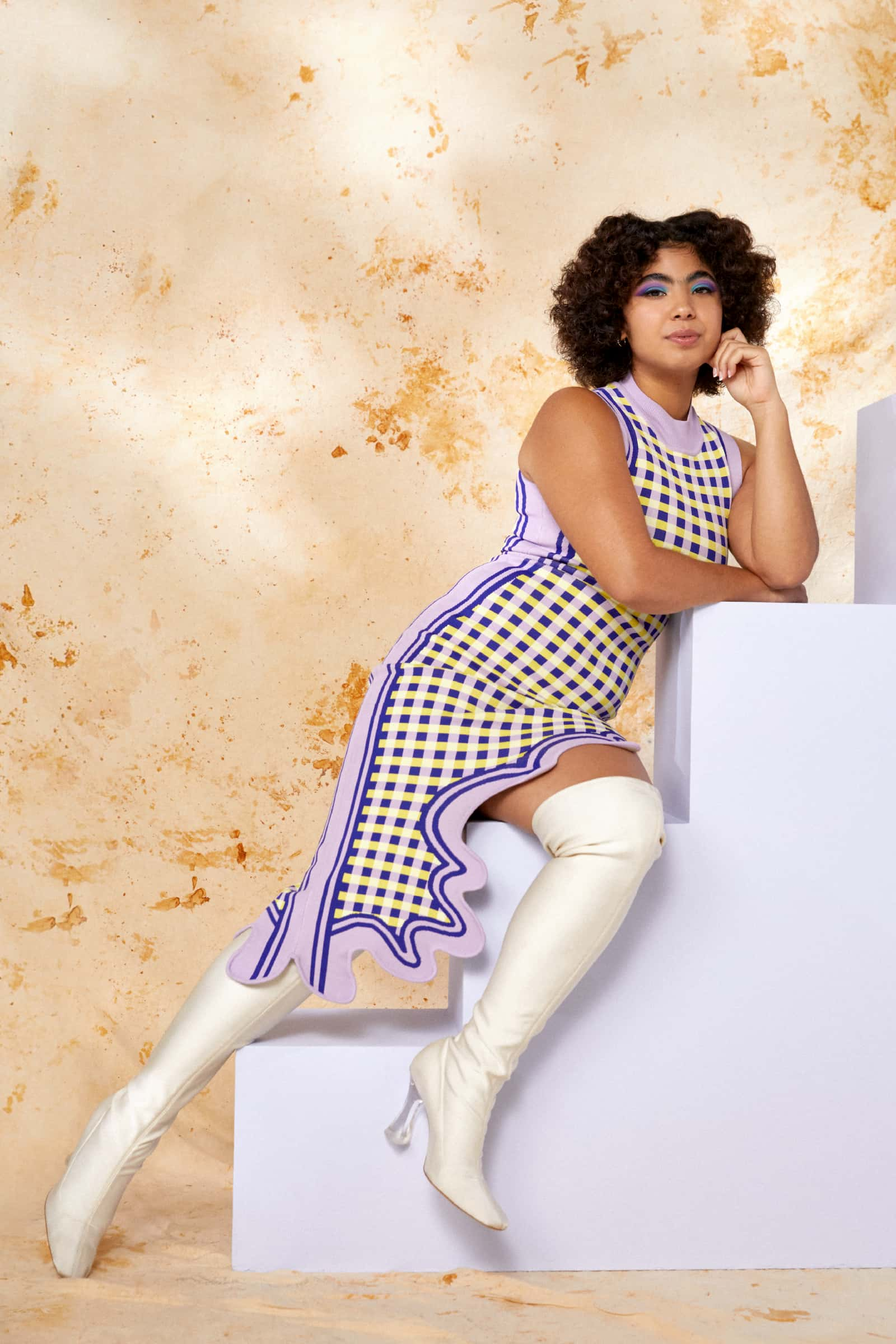
Kiara Cristina Ventura
Dominican-American and Afro-Latina
Curator and Founder of ARTSYWINDOW
Most Likely To
Reinvent Art History
1. Tell us what you do. How did you find your calling?
I’m a curator and founder of the art platform, ARTSYWINDOW. I curate programs and exhibitions that center on the work of artists of color. I found my calling during my experience studying art history while interning at museums and galleries throughout New York City. I noticed the lack of representation of artists of color within these spaces and felt the need to start documenting my conversations with my friends who are creators. From there, I began curating exhibitions in apartments and any space I could find, mainly in the Bronx. I landed my first gallery show, called FOR US, in 2018 right when I graduated from NYU. This experience was truly affirming and made me really want to jump into being an independent curator and establish my practice as a business. I fell in love with the way that curating can make space for community and intimate dialogue all while uplifting the narratives and practices of artists.
2. How do you think you’re making an impact in Latinx communities?
The canon of Latinx and Afro-Latinx art and art history are often overlooked, oversimplified, and misinterpreted in the U.S. Our stories are deeply intertwined with that of immigration. Some of our families have been here for decades and others for a few years. Either way, our stories are American stories. Like our backgrounds and histories, our artworks are also complex. I’m making an impact by shedding light on how our beautiful complex stories and practices are being emulated in our works of art.
3. What has been the most rewarding moment you’ve experienced so far?
My most rewarding moment is right now, the present moment. To feel the present moment is a reward within itself.
4. How do you hope to inspire others? What do you hope to see in the next generation?
I want to inspire through my vulnerability and let young Latinx creators know that they can follow their truth and be goofy, emotional, sexy, whatever they are feeling that day. The main image people may think of when envisioning a curator is a white woman in funky glasses and a long black dress standing in the middle of the gallery. For a long time it was hard to envision myself in galleries because I never saw people like me occupy these spaces. We need to see more Black and brown women, non-binary, and trans people in these spaces. I’m that funky-looking Afro-Latina curator and business owner with a Bronx accent and curls poppin’ standing in the middle of her exhibition doing the splits. I hope to see more young artists and creators of color occupy art spaces with a sense of agency and power.
5. Have the events of 2020 altered your mission at all?
I think my mission of diversifying the art world remains. But this year proved to me that we need human connection now more than ever, and the safest way to do that is through the digital world. What I have been thinking about is how we can educate one another in more accessible ways by utilizing the digital space. As millennials and Gen Zs, this is our time to make use of how we grew up with technology and have important dialogue while sharing resources.
6. What’s next for you and your career?
I’m on a journey to learning how to take care of myself and those I love. In terms of my career, I’m working on digitizing my art history classes and making video courses. I’m also planning for next year and visualizing the next ARTSYWINDOW exhibitions. I’m on a journey of finding freedom in my practice, which involves taking the reins and creating structure for each month, week, and day so I can make time for the fun parts. I want to create, curate, have fun, and inspire artists, all while educating and supporting them. I’m here for experimentation and breaking barriers.
Maria Alia
Palestinian and Puerto RicanModel, Consultant, CMO/Editorial Director of Miilkiina
Most Likely To
Move Fashion Forward
1. Tell us what you do. How did you find your calling?
I’m the CMO and editorial director at creative agency and digital platform, Miilkiina, as well as a freelance creative that dabbles in everything from content creation and styling to modeling and consulting.
2. How do you think you’re making an impact in Latinx communities?
By being unapologetically myself and owning my identity in an often hard-to-break-into industry. In the beauty and fashion space, diversity has been a topic of discussion in only the past five or so years and often not for the right reasons — I hope my impact as a Latinx Arab in this space opens it up for other women like myself. I’m all for sharing resources and pulling other women up. If you’re in a position of power or influence, it’s important to bring others up with you. I hope to always do that for my communities.
3. What has been the most rewarding moment you’ve experienced so far?
The most rewarding moments are connecting with people who let me know that I’ve inspired them to feel more confident in themselves or to follow a career path they were hesitant about because of the way they dress (like wearing a hijab) or look. It reminds me of my younger self and how much it would’ve meant to see women like me doing what I do and in the spaces I dreamt of being.
4. How do you hope to inspire others? What do you hope to see in the next generation?
I hope to inspire the next generation to always be proud of who they are, to continue dismantling the old system that was never built for women of color, and to make space for themselves without needing validation from anyone else.
5. Have the events of 2020 altered your mission at all?
2020 humbled me and I’m not sure if my mission has significantly changed, but I do know that this year put a lot of things into perspective and reminded me of what’s most important, which is my family and health.
6. What’s next for you and your career?
Continuing my work for Miilkiina and only working on projects I believe in and am truly passionate about.
Djali Alessandra
Brown-Cepeda
Black American, Dominican, Taíno
Founder and Curator of Nuevayorkinos, Film Producer,
Community Organizer
Most Likely To
Make Your Story Heard
1. Tell us what you do. How did you find your calling?
I’m the founder and curator of Nuevayorkinos, a digital archival oral history project documenting and preserving New York City Latinx culture and history through family photos and personal stories. I founded the project in 2019 after only seeing bits of myself — a multicultural Blatina New Yorker — reflected on Instagram and in the media. I created Nuevayorkinos for us and by us. In a colonial territory, telling personal stories of the people by the people becomes a radical act of decolonization and liberation. Through showcasing stories from El Barrio to Los Sures, Crown Heights to Washington Heights, Nuevayorkinos celebrates and showcases the multifaceted intersectionality that is being Latinx in New York City, and the nation by proxy. Whether one’s roots are in Medellín or Santo Domingo, it’s a large family photo album celebrating our personal and collective historias.
I’m also a community organizer, and I was a 2020 Voto Latino Electoral Partner, helping register folks to vote in this election cycle. I plan on taking on the same role — demystifying politics, encouraging political participation in communities of color, advocating for our voices to be heard — for the 2021 NYC mayoral race. I’m also a film producer. I associate produced the award-winning La Madrina: The Savage Life of Lorine Padilla, which got into this year’s Doc NYC and Tribeca Film Festivals. (It also won the Audience Award at Doc NYC.) I’m privileged to be able to work on films that amplify and uplift Black and brown stories — stories that have been systematically silenced.
I’m also a practicing doula in NYC, solely for Black and brown families, supporting them during one of the most transformative experiences in life and helping them navigate the medical world, which is also saturated with systemic racism. Whether through birth work, my archival/oral history project, community organizing, or filmmaking, the throughline remains the same: doing everything that I possibly can for my people. For my community.
2. How do you think you’re making an impact in Latinx communities?
By presenting stories from across the five boroughs told by Latinx folks from across Latin America and the Caribbean — stories about migration, combating assimilation, reclaiming pride in one’s heritage and resiliency — Nuevayorkinos dismantles the monolithic perception of and stereotypes associated with Latinidad. One of the comments I usually receive from people who are part of the Nuevayorkinos community is that this project makes them feel seen.
3. What has been the most rewarding moment you’ve experienced so far?
The most rewarding aspect of Nuevayorkinos is the family that's been created through the project. Coming from a smaller family myself, it feels so nice having built and being part of this reimagined family, albeit mostly virtual. There aren’t very many people whom I've had the pleasure of meeting pre-pandemic at different Nuevayorkinos events, and I can't wait to continue meeting more of our family members once we're out of the storm.
4. How do you hope to inspire others? What do you hope to see in the next generation?
I hope my mission resonates with people and inspires them to do their part. As Black and brown people in a colonial territory, our existence is a testament to our strength, resiliency, will, and love for both our ancestors and future generations. From the climate crisis to national uprisings against systemic racism, not to mention the incredible national mobilization surrounding the presidential and vice presidential election, 2020 has shown us the power of the collective, a power that comes not only from the passion we embody, but also an inherited power from those who laid the foundation. So, I hope that the next generations don't forget their ancestors, are able to recognize how far we've come, but also see the plethora of ways that we've remained stagnant. And for the latter, I hope they find their calling, because the revolution is a communal force and everyone has their way to contribute.
5. Have the events of 2020 altered your mission at all?
2020 didn't necessarily change my mission, but it did catalyze my community organizing work. I always felt a responsibility to leverage my privilege (citizenship and college education) for my community, and it feels incredibly rewarding to be able to use the tools I've been given to amplify and elevate my people and community. As a native New Yorker, seeing how much my beautiful city has been impacted by COVID-19 and its devastating effects on Black and brown communities both here and nationally is one of the most heartbreaking situations I've had to navigate in my life thus far. So, between hosting a Back to School Drive in September (in which we distributed 500 free backpacks full of school supplies for Black and Latinx kids in Bushwick) and planning the last drive of the year (in which we'll be distributing 200 bags of food and winterwear in Bed-Stuy), 2020 has left me feeling incredibly grateful on so many levels, and also excited for all the community organizing to come in 2021 and beyond.
6. What’s next for you and your career?
I don't like to give myself limits, so what's next is what's next. Whether through Nuevayorkinos, filmmaking, or community organizing, I will continue prioritizing my community and advocating for our self-preservation and liberation in every way that I can.
Suzy Exposito
Cuban- and Belizean-American
Music Journalist
Most Likely To Discover
The Next Latinx Music Star
1. Tell us what you do. How did you find your calling?
Music was my first love. As a kid, I used to sprawl out on my living room carpet and watch MTV and VH1 all day. My dad used to pay me a quarter if I could guess the name of a song on the classic rock radio station (but he eventually started running out of quarters!). I began to hone my craft by writing album reviews in my high school newspaper, during the era of Amy Winehouse, Black Eyed Peas, and My Chemical Romance. I was really into anything punk, emo, and indie rock, so naturally I got into making DIY comix and zines. I also fronted an anarchist punk band called Shady Hawkins. It was from writing independently that I got scouted for a gig as a contributor at Rookie Mag in 2012, then eventually wrote for MTV, Pitchfork, and Rolling Stone, where in the span of five years, I interviewed many of my heroes and founded the magazine’s first-ever Latin music section. Now, I’m a music reporter at the Los Angeles Times where I write elaborate character studies of rock stars and cover genres ranging from Latin to hip-hop.
2. How do you think you’re making an impact in Latinx communities?
I just want better for us! The realm of American music criticism has rarely been kind or even attentive to music by Latinxs. As of 2017, we comprise 18% of the population — but in this year alone, the Latin music revenue has grown faster than any other genre in the U.S. And yet, major music institutions like the Recording Academy continue to segregate U.S.-born or -residing artists for singing in Spanish, even if their sales and streaming numbers are comparable to the Taylor Swifts of the world. Such prejudice also shows in how few of us occupy positions in the media, even in cities with sizable Latinx populations like New York City and Los Angeles; for years, I was the lone Latina in the newsroom at Rolling Stone. I simply have no shame when it comes to amplifying Latinxs every chance I get, especially in the many times I’ve been in boardrooms full of white people. Our people bring such a unique perspective and innovation to popular music. Just see how many people around the world love artists like Cardi B or Daddy Yankee, no matter what language they speak. Our cultures' diversity, history, and value are only hard to understand for those who don’t want to understand.
3. What has been the most rewarding moment you’ve experienced so far?
Profiling Bad Bunny for the cover of Rolling Stone was my white whale. It took me over a year to finally execute — for my bosses to put him on the cover was one thing, but for them to let me write the story was another. I had been running the Latin music section for nearly two years, and I wanted us to be integrated into the magazine in a way we hadn’t been before. Latin pop stars like Shakira, Ricky Martin, and J.Lo have graced the cover of Rolling Stone, but only after they produced hits in English. As someone who was teased and forced to switch from speaking Spanish to English as a kid — thanks to some mean teachers, and my family’s desire to assimilate into Anglo-American culture — Bad Bunny’s crusade to cross over entirely in Spanish felt like the tables had finally turned for us in the States.
4. How do you hope to inspire others? What do you hope to see in the next generation?
I want people to release whatever shame or doubt they may carry for being The Only One in a given professional space — or for not even getting the chance. I want the media to take more chances on Latinx communities and compensate us fairly. I want us all to better stand with the Black and Indigenous people in Latinx communities by sharing more opportunities, connections, and resources. There is always enough room for more perspectives.
5. Have the events of 2020 altered your mission at all?
Although I’m not thrilled about the pandemic, it has forced me to make time for pursuits outside of journalism. I’m not a Netflix-binger or a bread-baker; instead I’ve been drawing, studying astrology, and making music just for the hell of it.
6. What’s next for you and your career?
I’ve been doing my dream job for over seven years now, and while I don’t want it to end, I want to keep growing. Last year, I was commissioned to illustrate some pages for Pieces Of A Girl, a grunge-era memoir by my dear friend, YA author Stephanie Kuehnert Lewis. I would love to write and illustrate my own graphic novel; I also dream of being a music supervisor for a movie or TV show.
Duneska Michel
Black-DominicanArtist, Educator, Community Organizer
Most Likely To
Uplift Your Community
1. Tell us what you do. How did you find your calling?
As a Black-Latinx artist from the Dominican Republic, my work unpacks the concept of “Latinidad'' as a colonial structure, which has a history of separating itself from Blackness. In my most recent work, I refer to the 1937 Parsley Massacre, a genocide of approximately 12,000-35,000 Haitians in the contiguous Cibao region of the Dominican Republic under Rafael Trujillo’s fascist regime (the reason for this discrepancy in fatalities: erasure, to wipe out folks who look like me). In my work now, I’m painting portals and imagining installations that serve to connect me to my ancestors — those who were lost during the massacre.
This same intention drives my work as a community organizer. As someone who is immunocompromised, having been diagnosed with Wolff-Parkinson-White Syndrome, I felt helpless during the pandemic as well as the Black Lives Matter marches. I wasn’t able to march, but I knew I could help, which led to the inception of Guanabana (which translates to soursop — a fruit I consider unifying because it grows in the Americas, Africa, and the Carribean). As Guanabana, we organized monthly vigils (compliant with social-distancing regulations) to honor Black lives in NYC, during which we offered hand sanitizer, masks, and gloves; supplied food provided by local restaurants; and invited guest speakers from organizations like Playground Coffee Shop, NourishNYC, Mil Mundos Books, and NY Boricua Resistance.
As a result, we’ve been invited to participate in Stage at MoMA PS1, a participatory installation, and our zines will be featured in the Homeroom at PS1, a platform that celebrates the work of artists, activists, and collectives.
2. How do you think you’re making an impact in Latinx communities?
I’m making an impact by questioning the structure of Latinidad as an artist or as a community organizer. I’m dedicated to pursuing decolonial freedom for my communities.
3. What has been the most rewarding moment you’ve experienced so far?
Seeing the amount of energy and time all of the Guanabana volunteers have put in. Folks have shown up and showed out. Our last outdoor program was Dia de los Muertos in Honor of Black Lives where we staged an altar and offered free art-making for families. It was raining and cold, but that didn’t deter a single volunteer. Everyone came in for their shifts prepared to lend a hand, and that filled me with so much joy. To see others in my community understand the value in this work means more to me than anything else.
4. How do you hope to inspire others? What do you hope to see in the next generation?
The only reason I claim Latinidad is because I address Dominican history in my work, but the term itself has never served me, which is why it's so important that I identify as Black-Latinx (with Black intentionally placed first). I see it as a form of rebellion because the Dominican Republic has a history of not only denying its relationship to Blackness, but also channeling that self-hatred into violence against Haitians. My hope is to inspire others within Latinx communities to pursue decolonial freedom, which means dismantling whiteness, and frankly, dismantling Latinidad. It’s important to me (and to many others), that programs like Somos do not differentiate Latinx femmes from Black femmes, as many Black femmes are Latinx and vice versa.
5. Have the events of 2020 altered your mission at all?
This year has reinforced my priorities. A myth that persists within the art community is that an artist must enjoy isolation and rely on self-reflection. I disagree: My work as a community organizer and what I learn from my community are integral to my practice. Now more than ever, it’s important that artists from every field respond to the current state of the world, because the murder of Black people is not just a Black issue — white supremacy oppresses us all.
6. What’s next for you and your career?
Brainstorming grocery and food distributions, hosting space and art activities for families and children, submitting proposals for installation concepts, researching for educational materials, and more.
PHOTOGRAPHER: Carolina Isabel Salazar; STYLIST: Roberto Johnson; MAKE UP ARTIST: Jezz Hill; HAIR STYLIST: Andrita Renee; SET DESIGNER: Javier Irigoyen; MANICURIST: Ami Vega; Design: Twisha Patni; Art Direction: Idil Gozde; Built by R29 Product & Engineering.



















